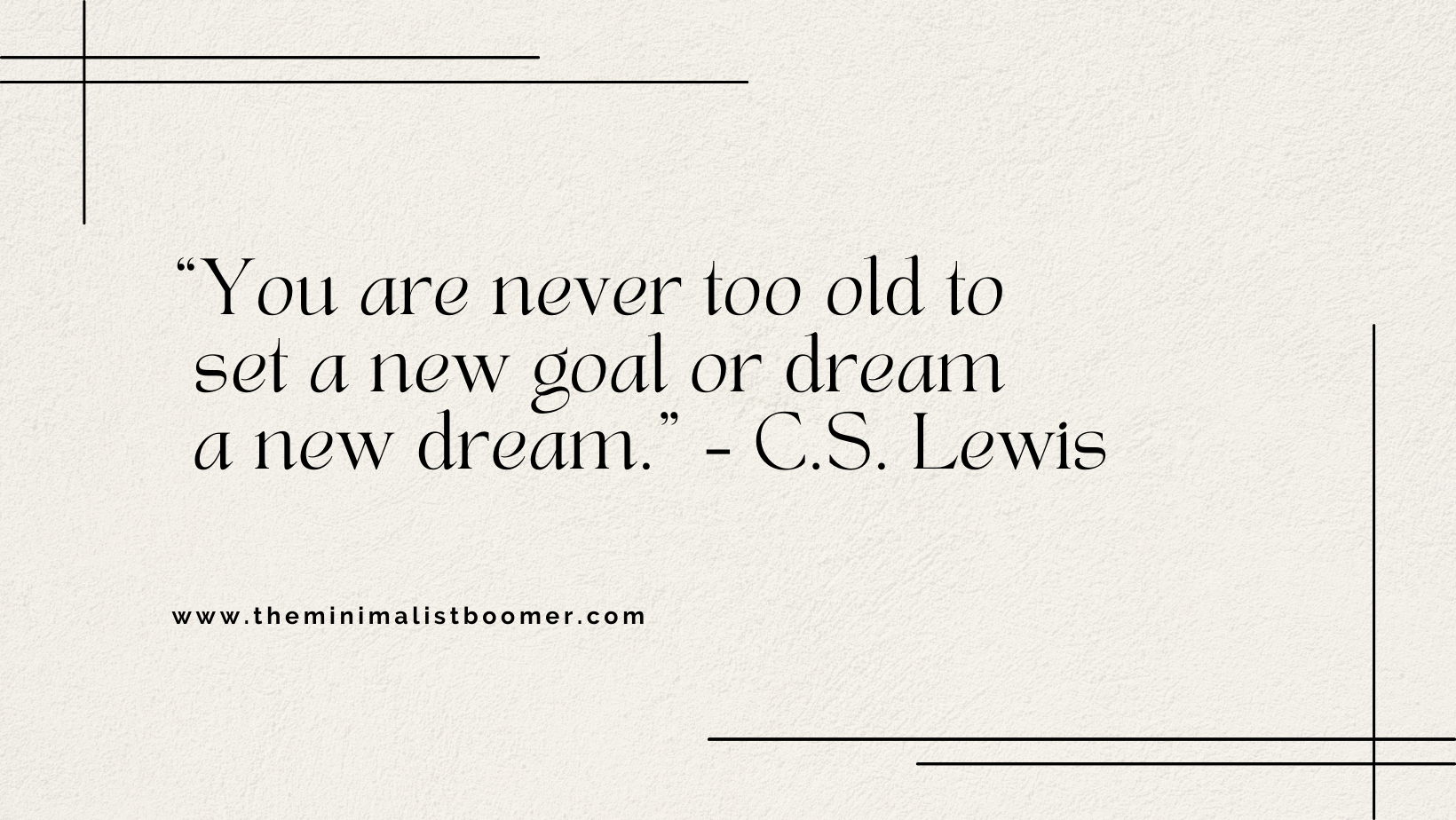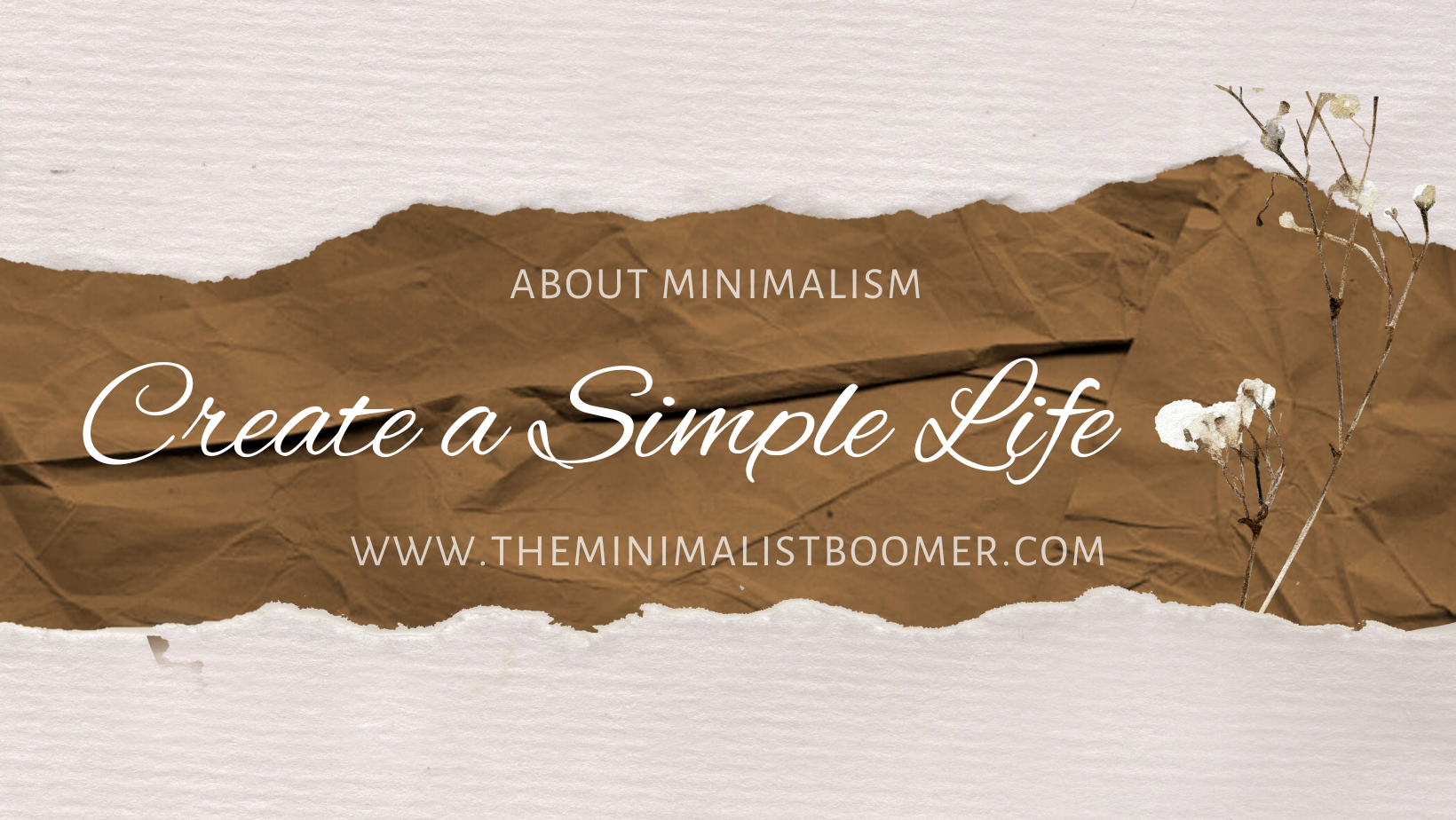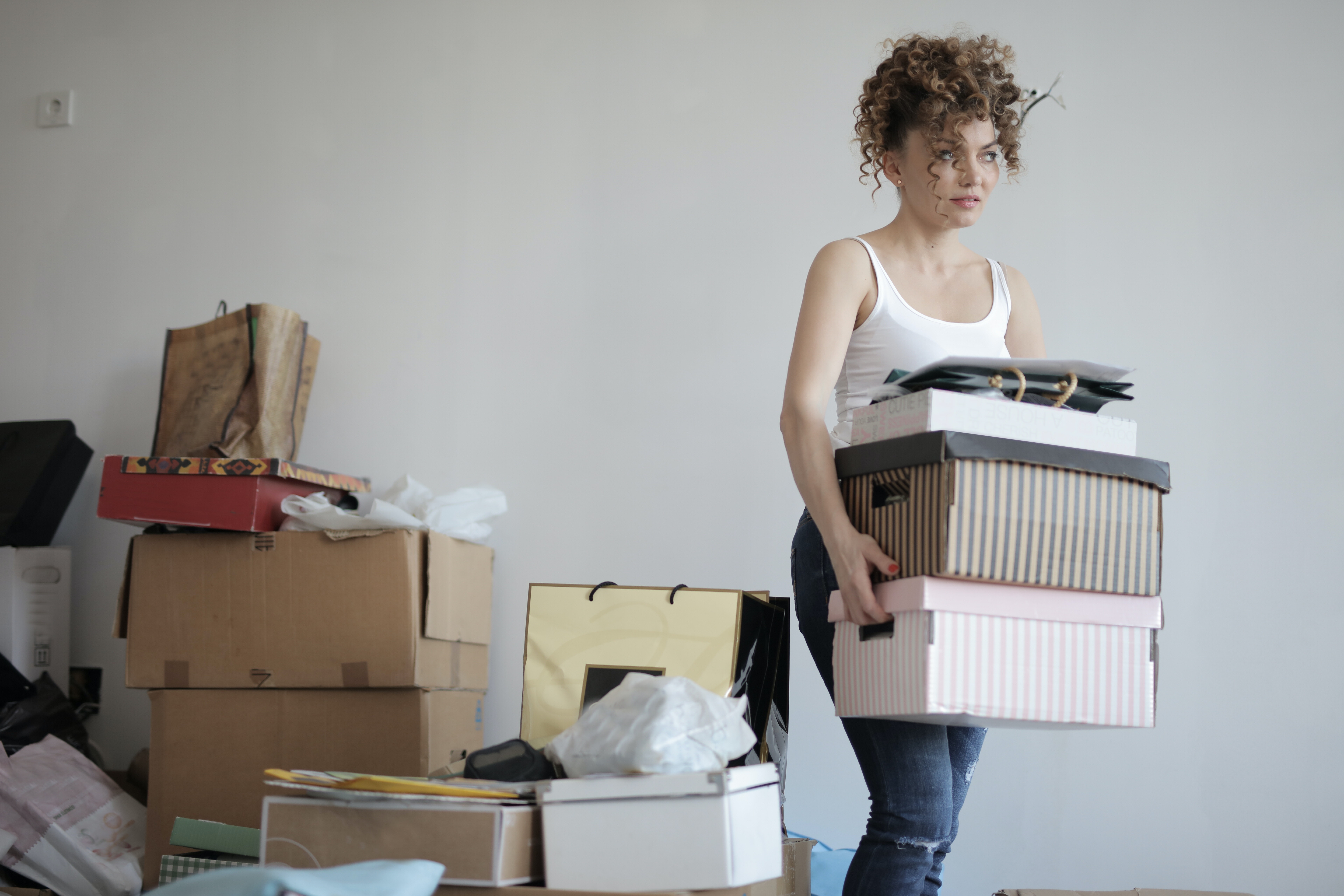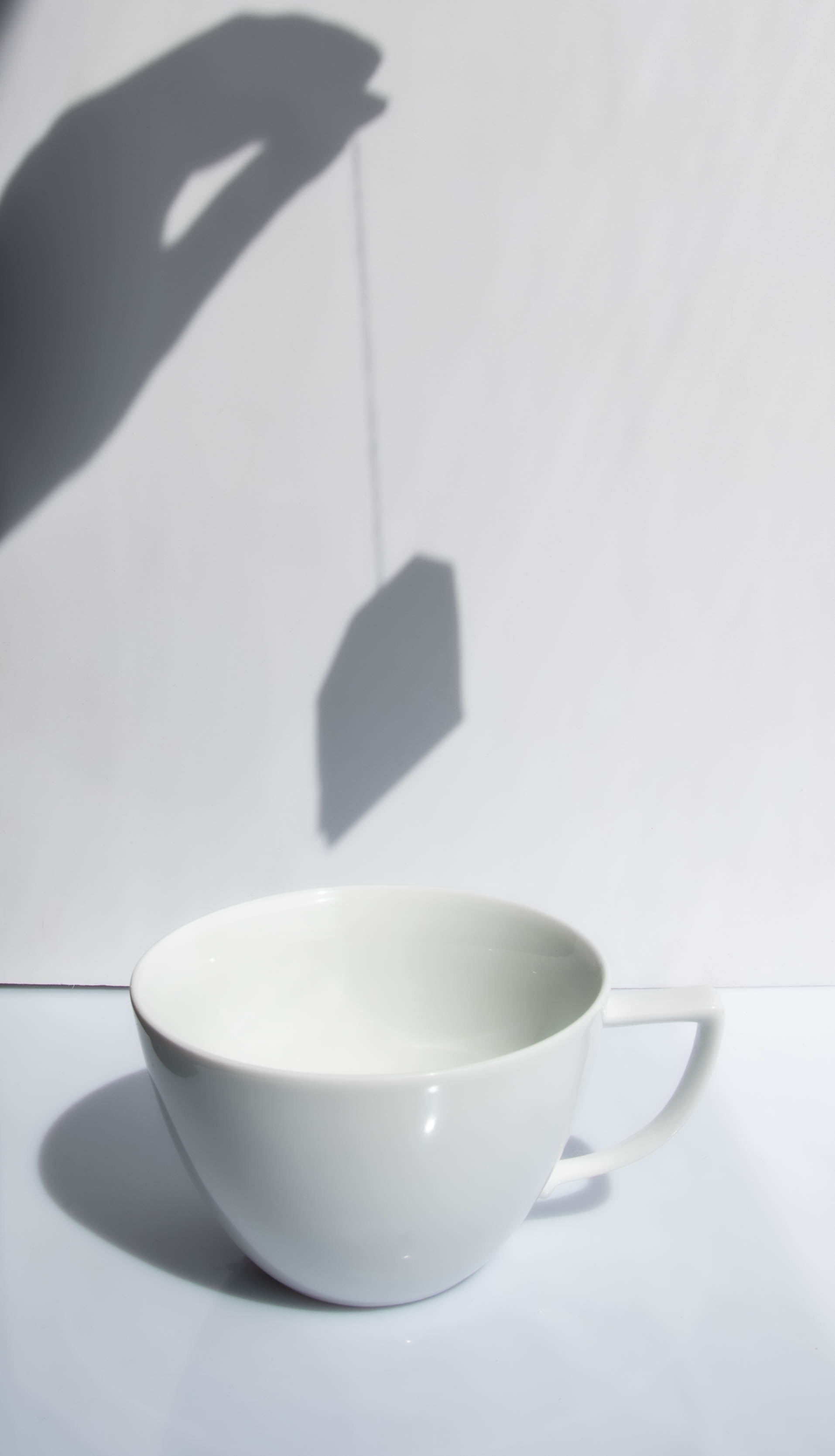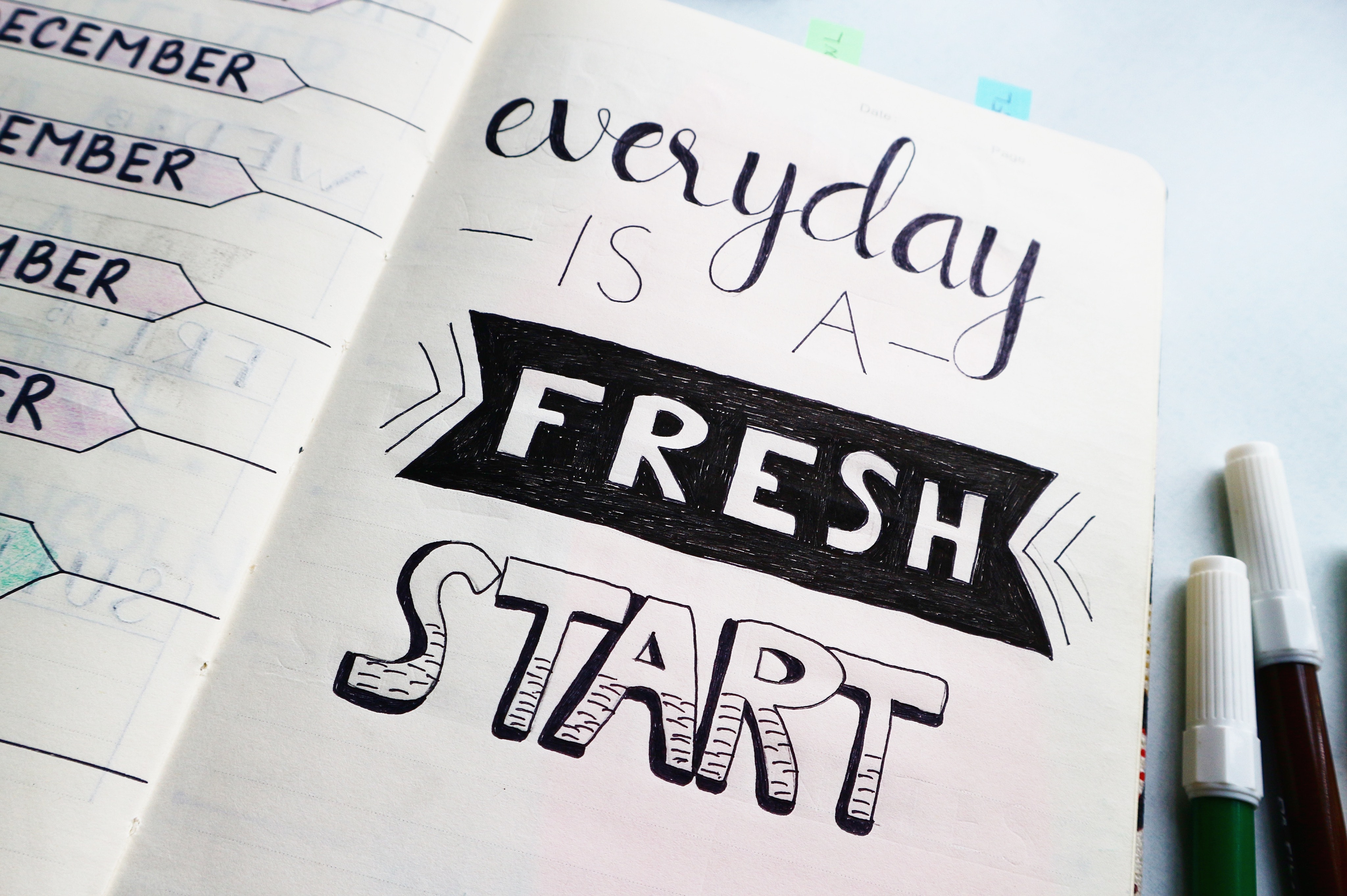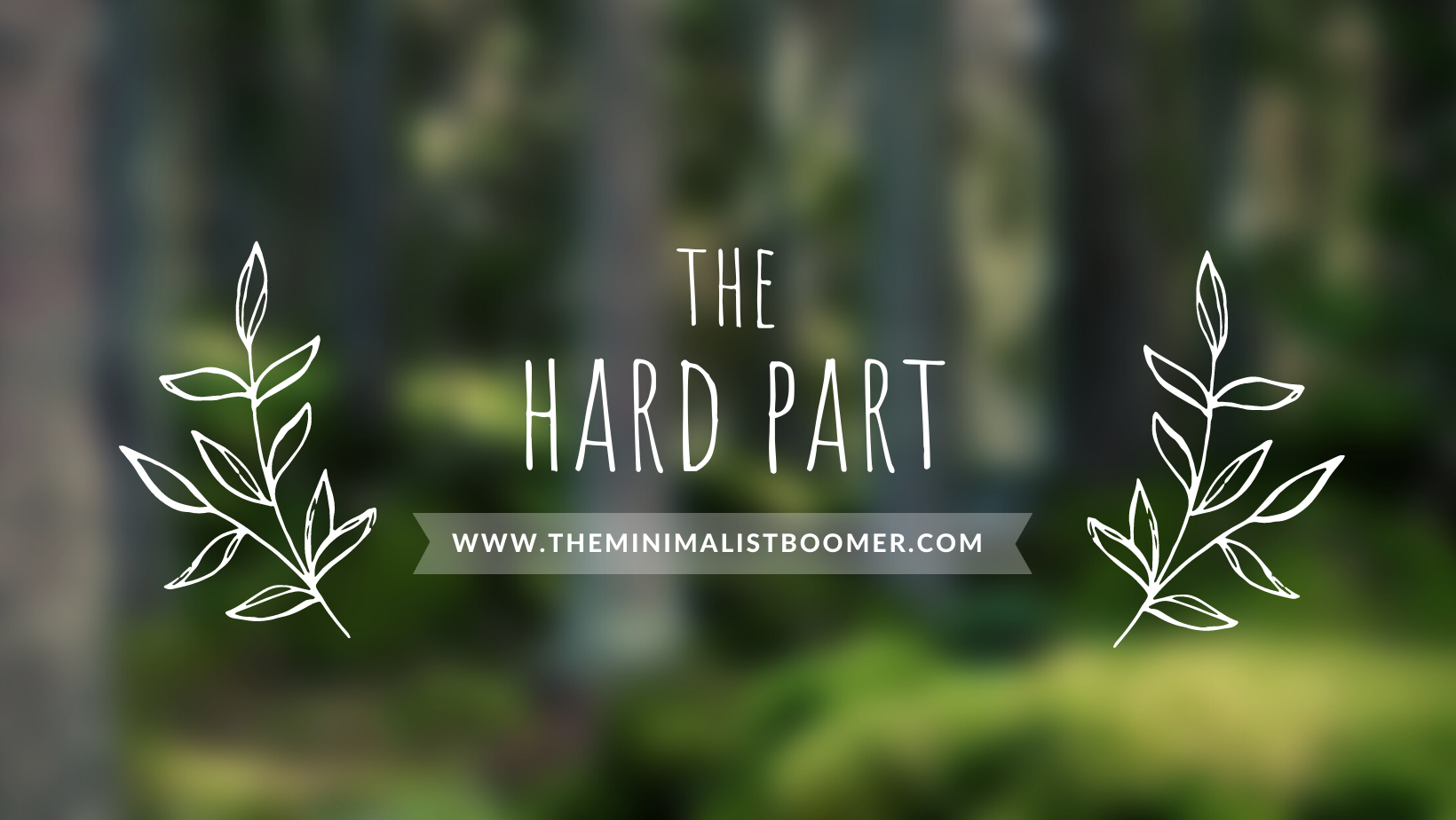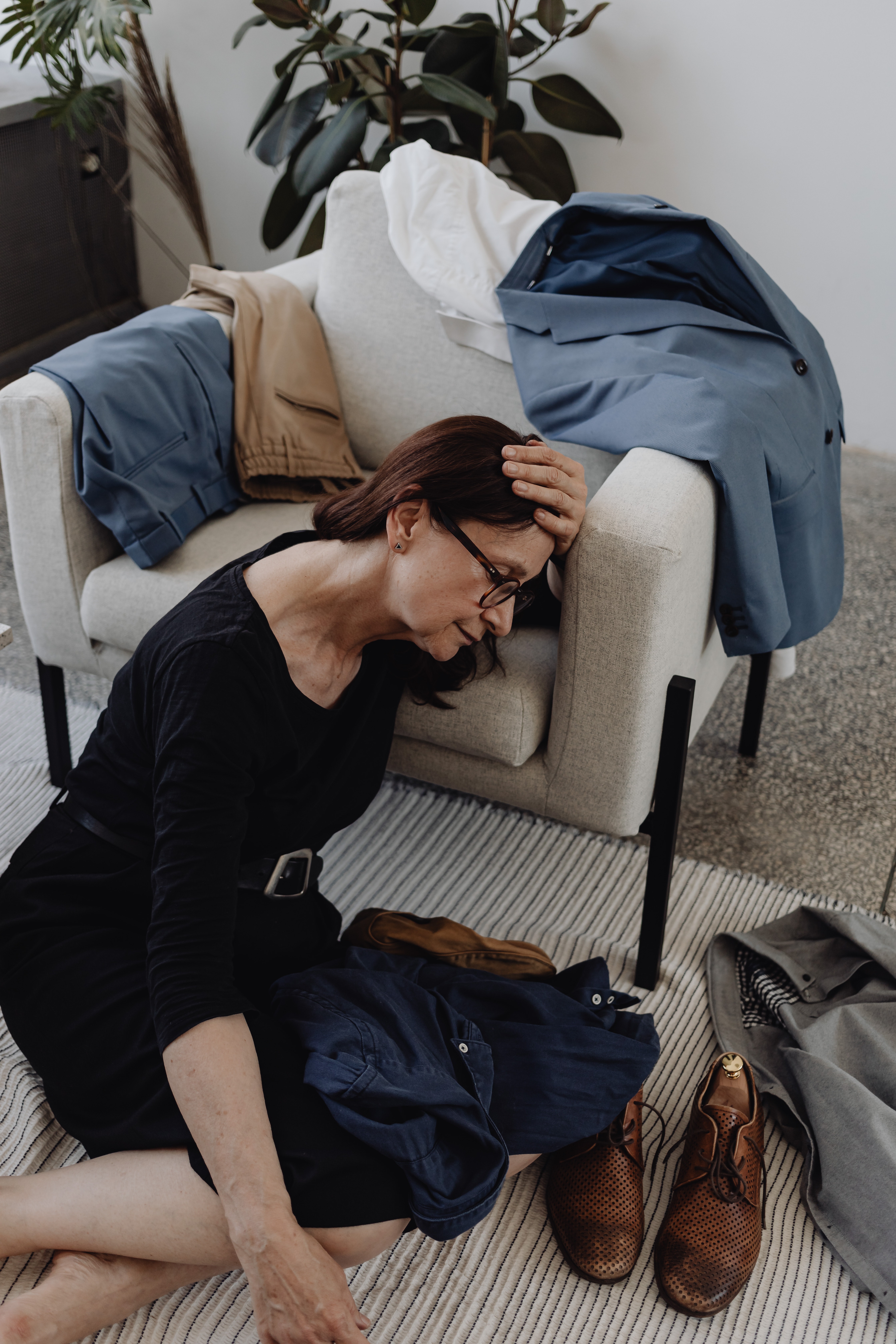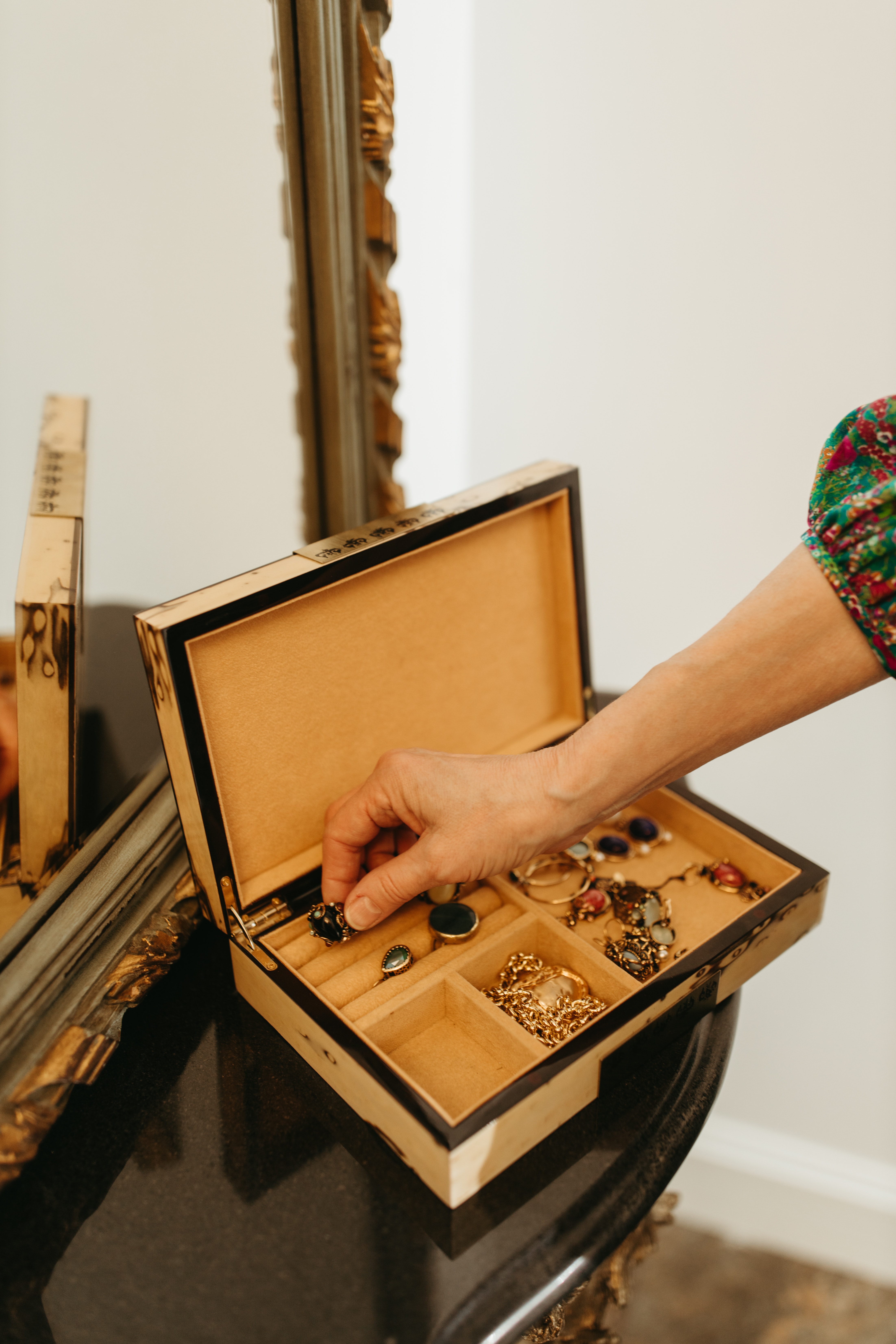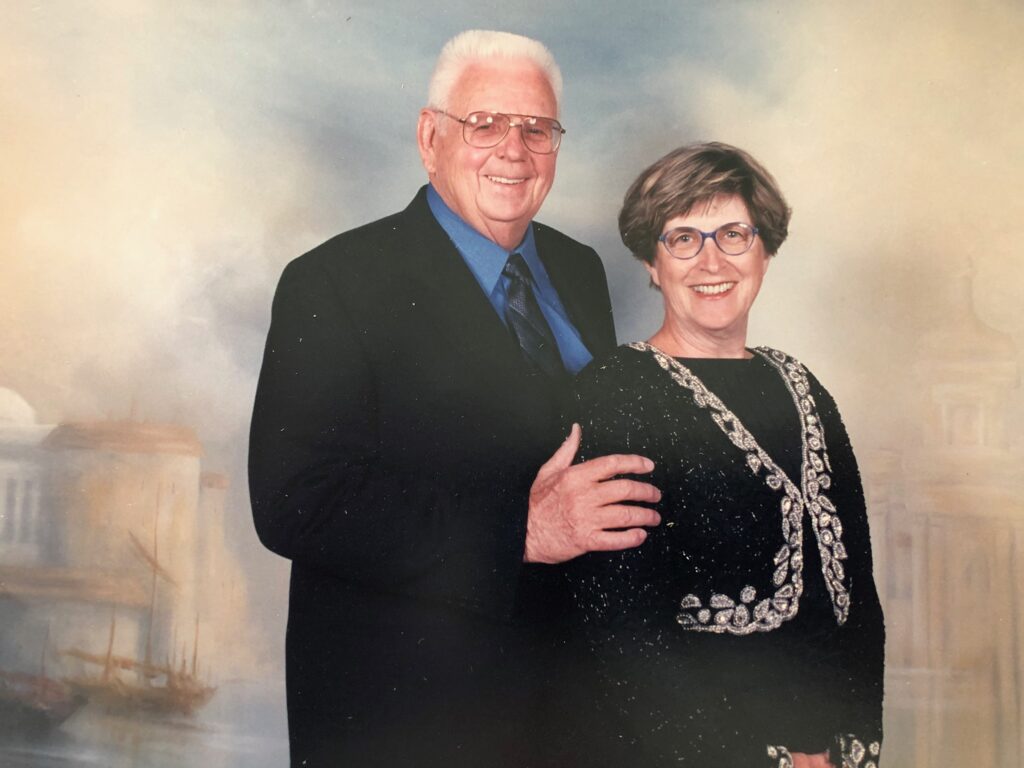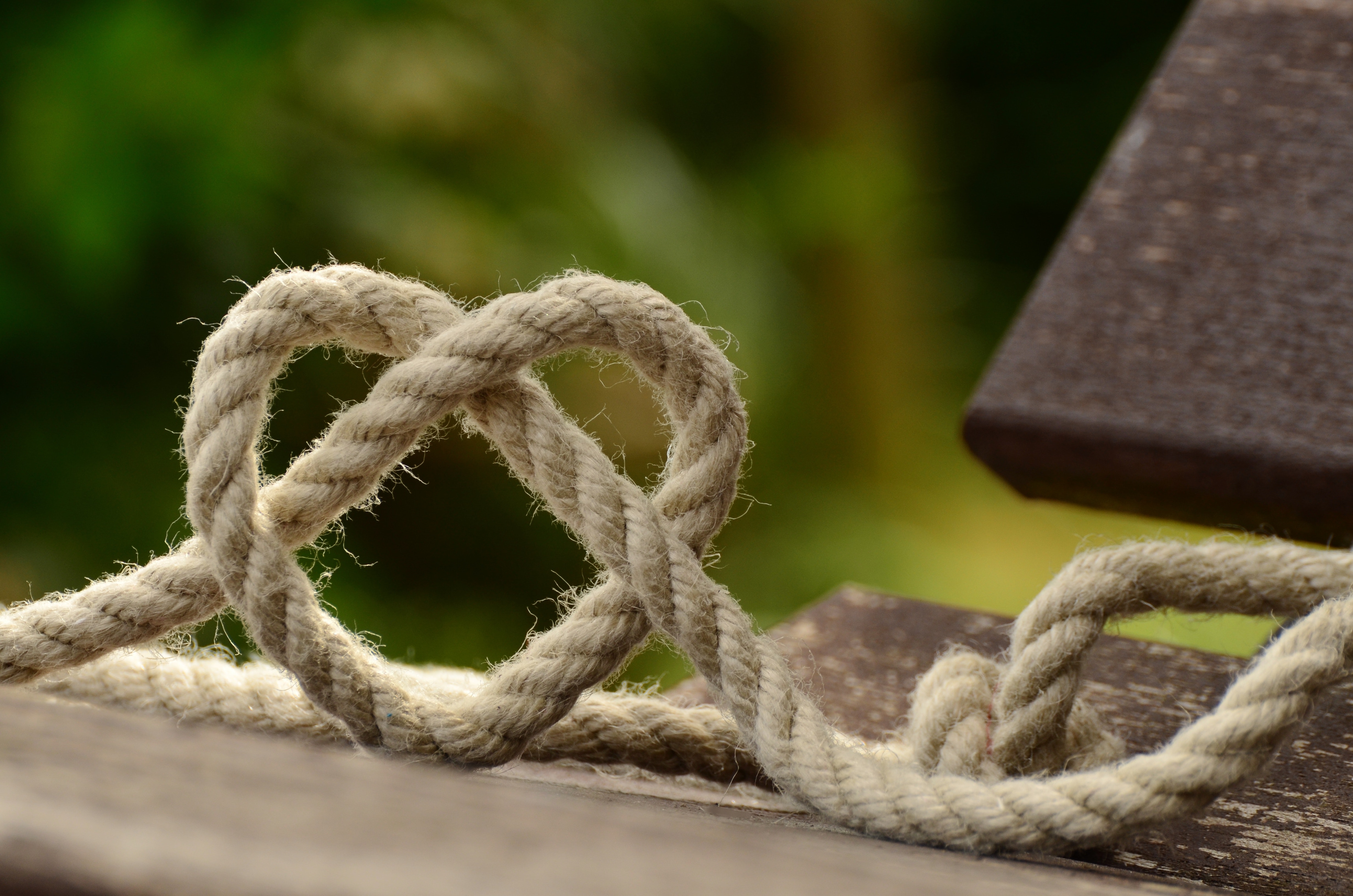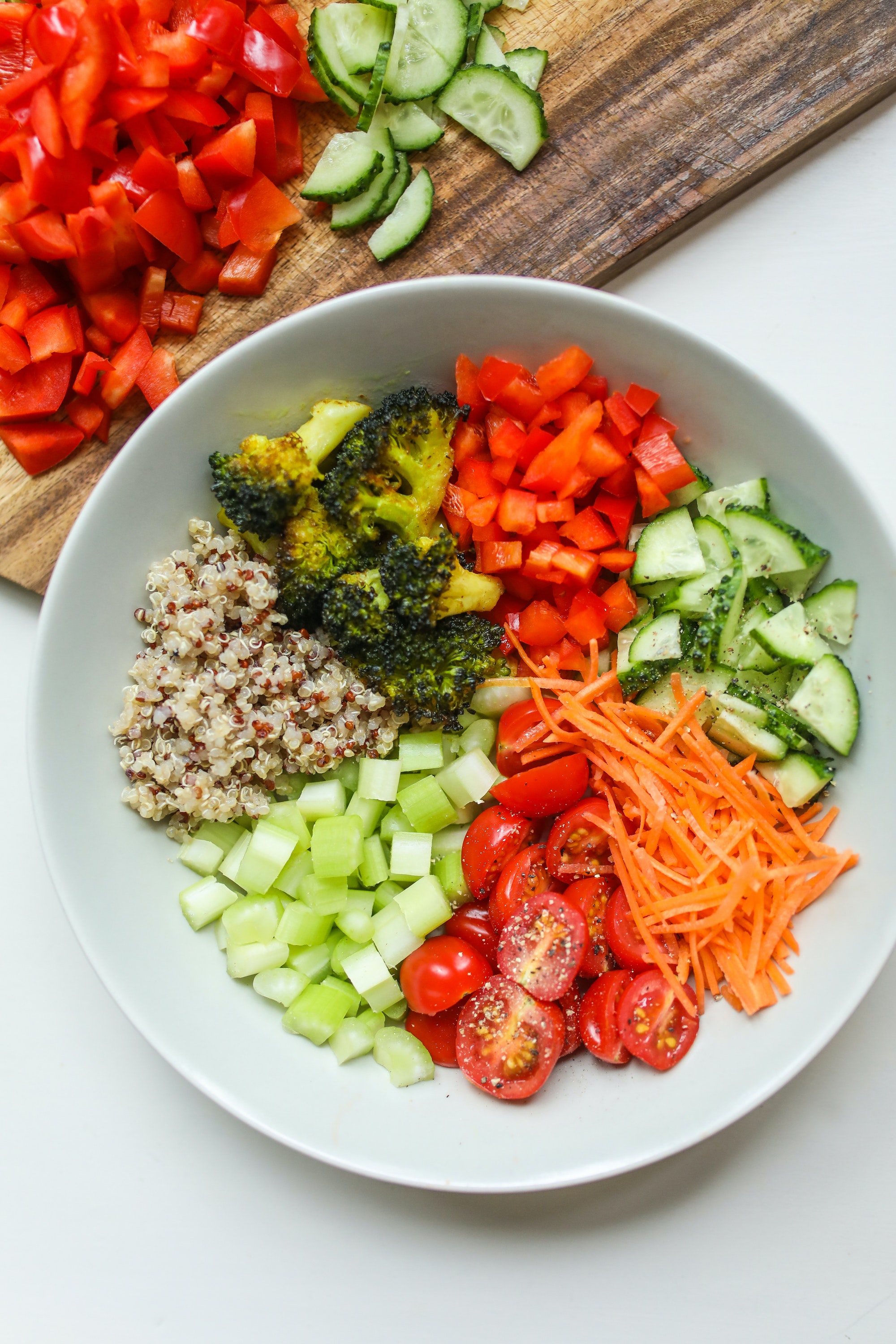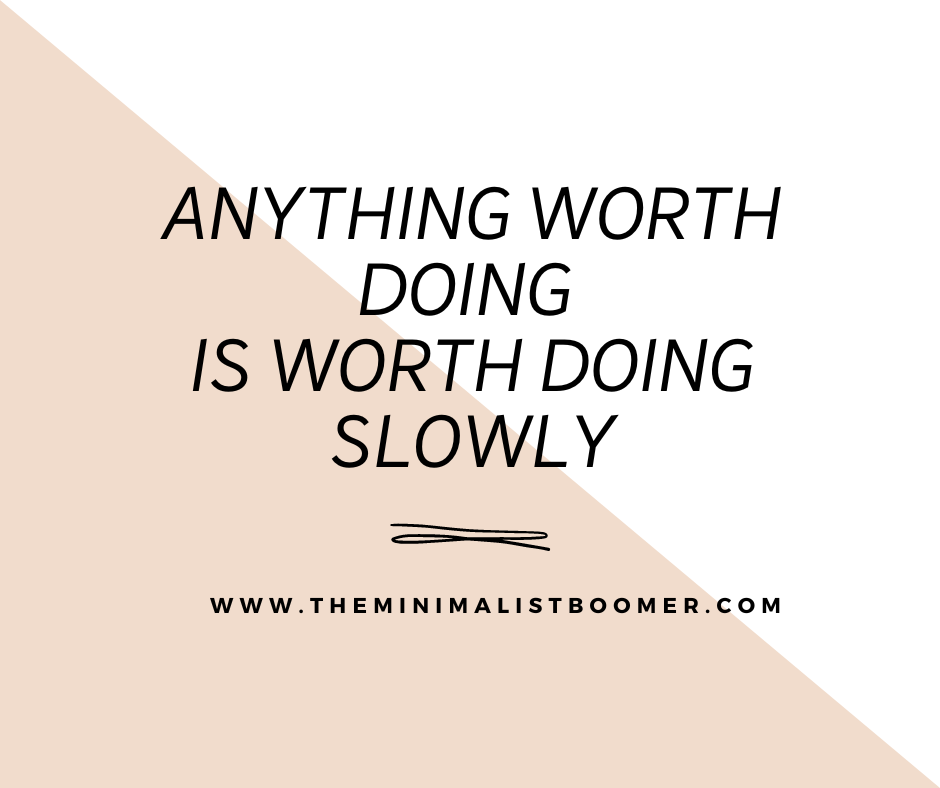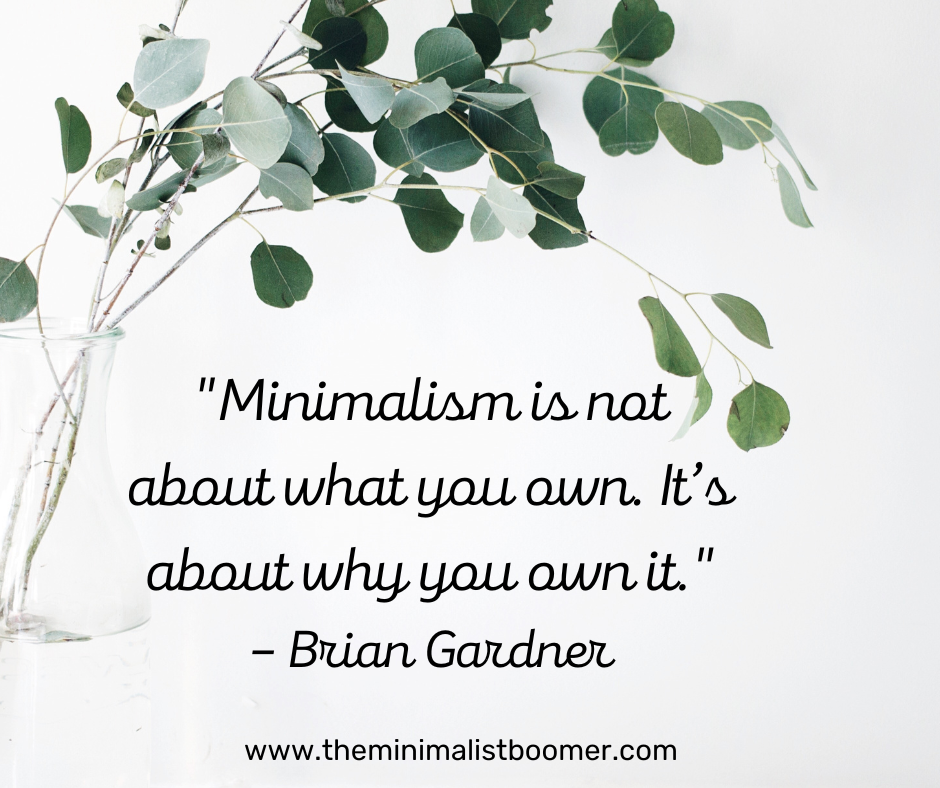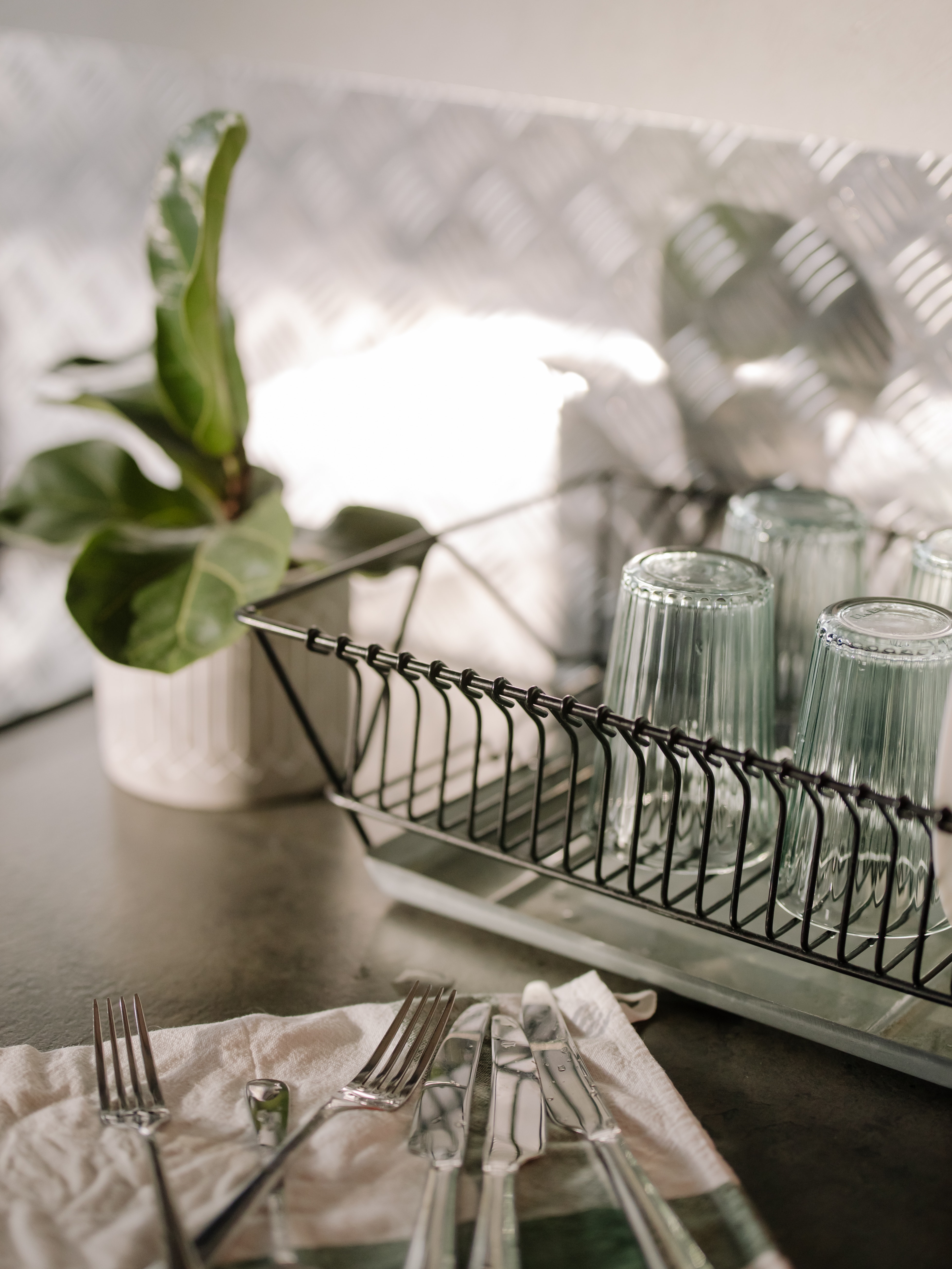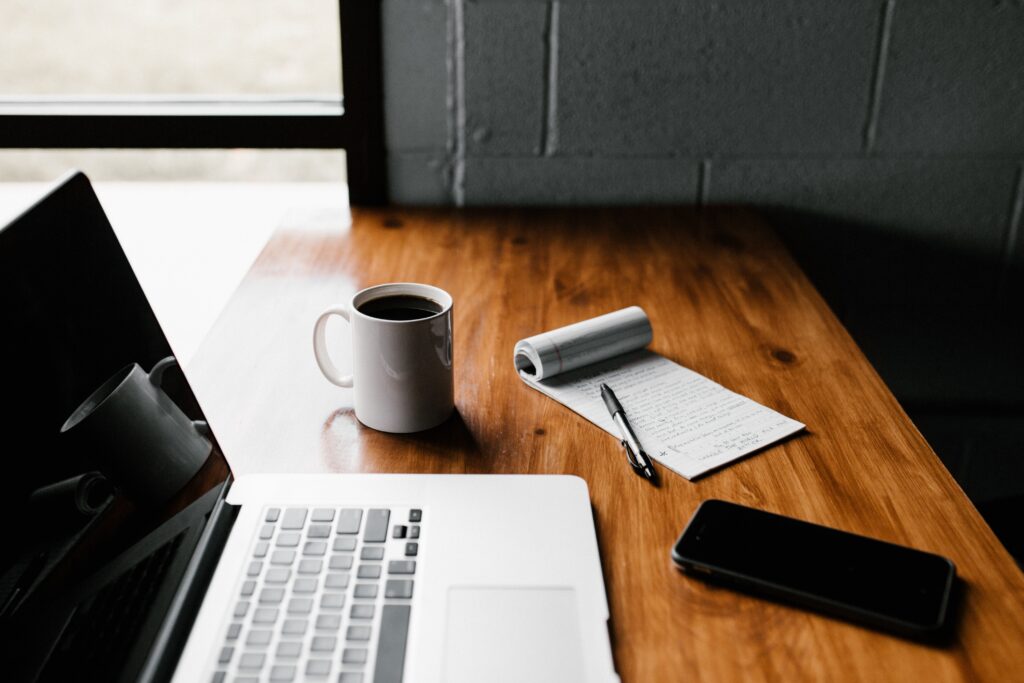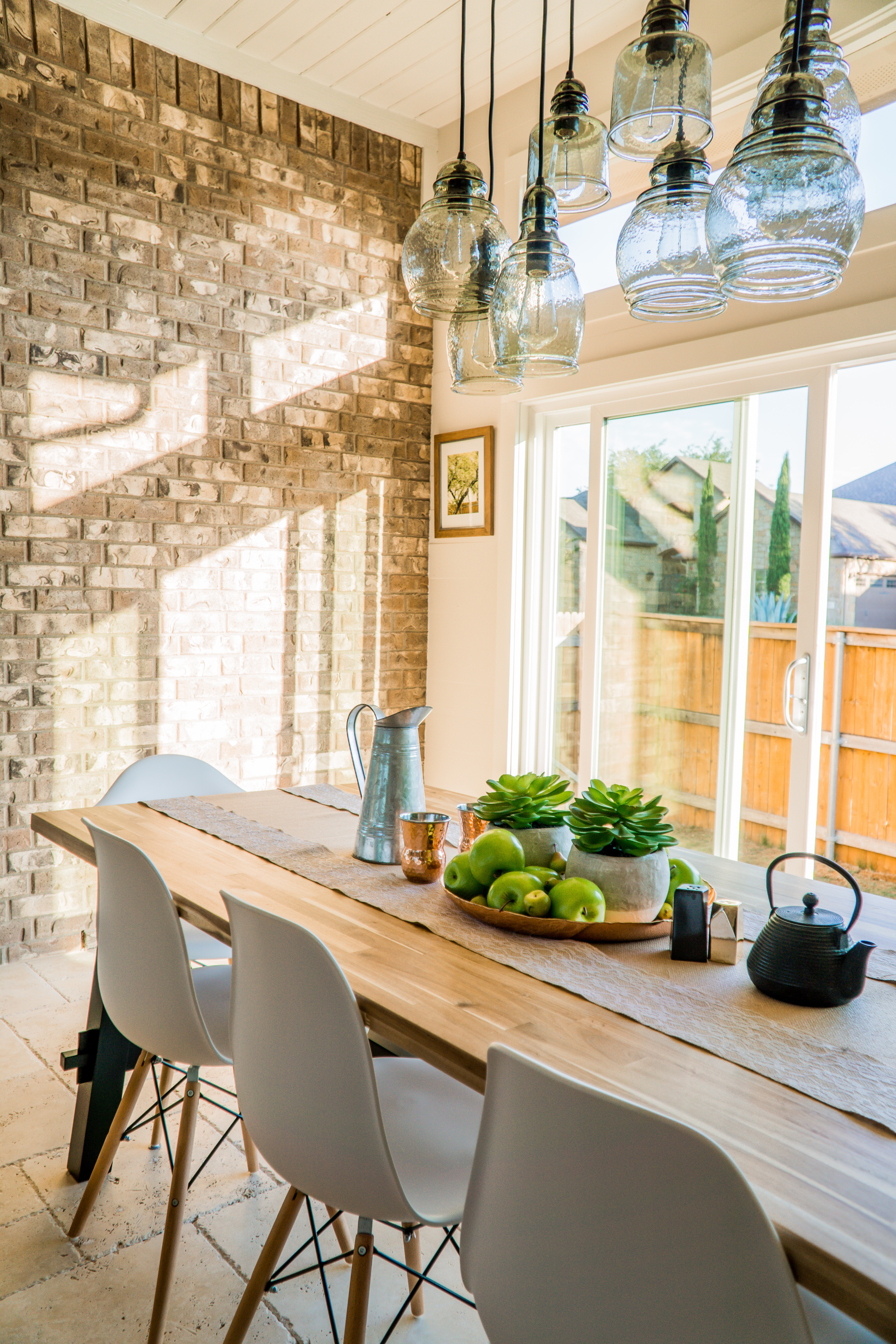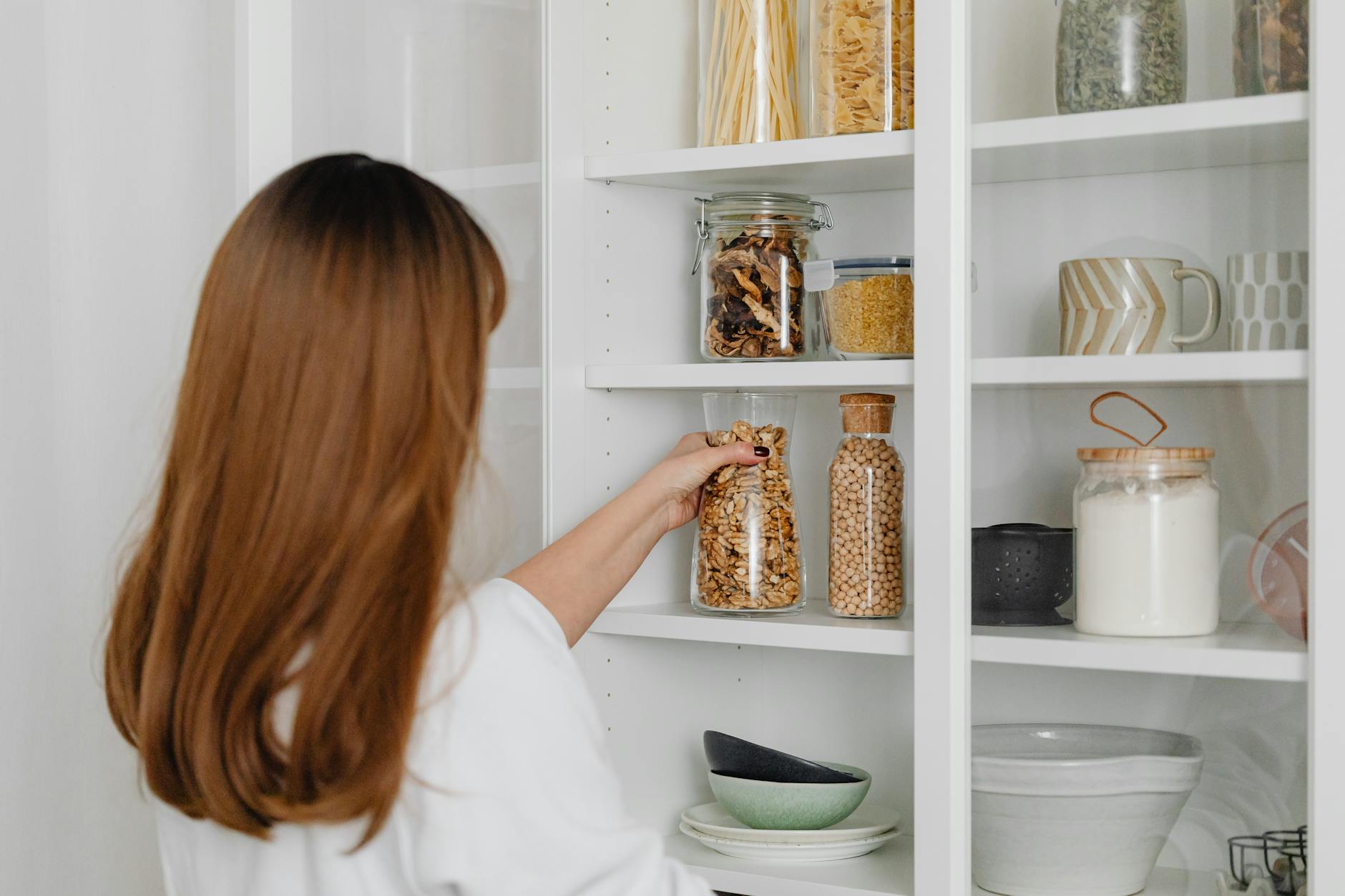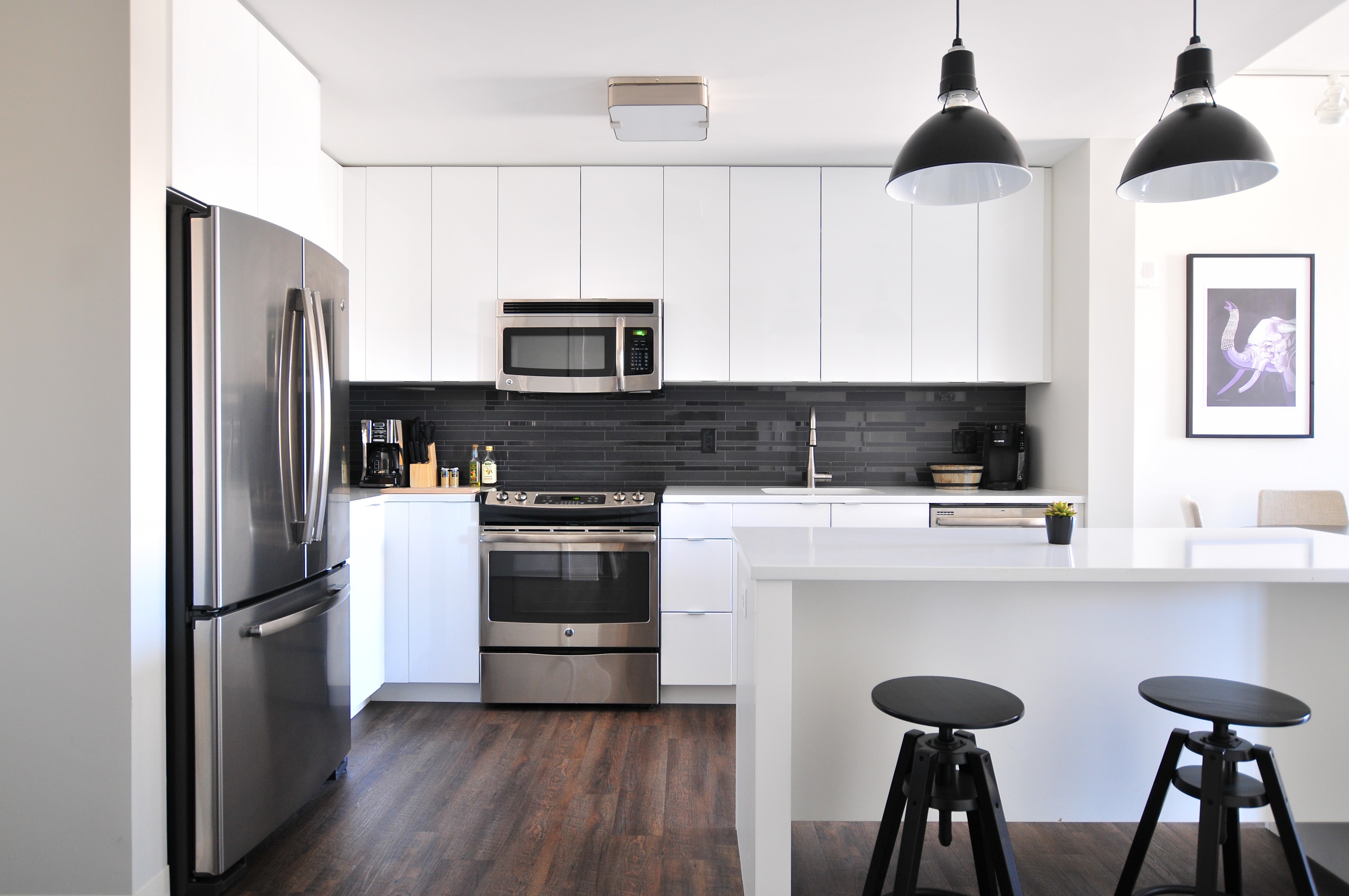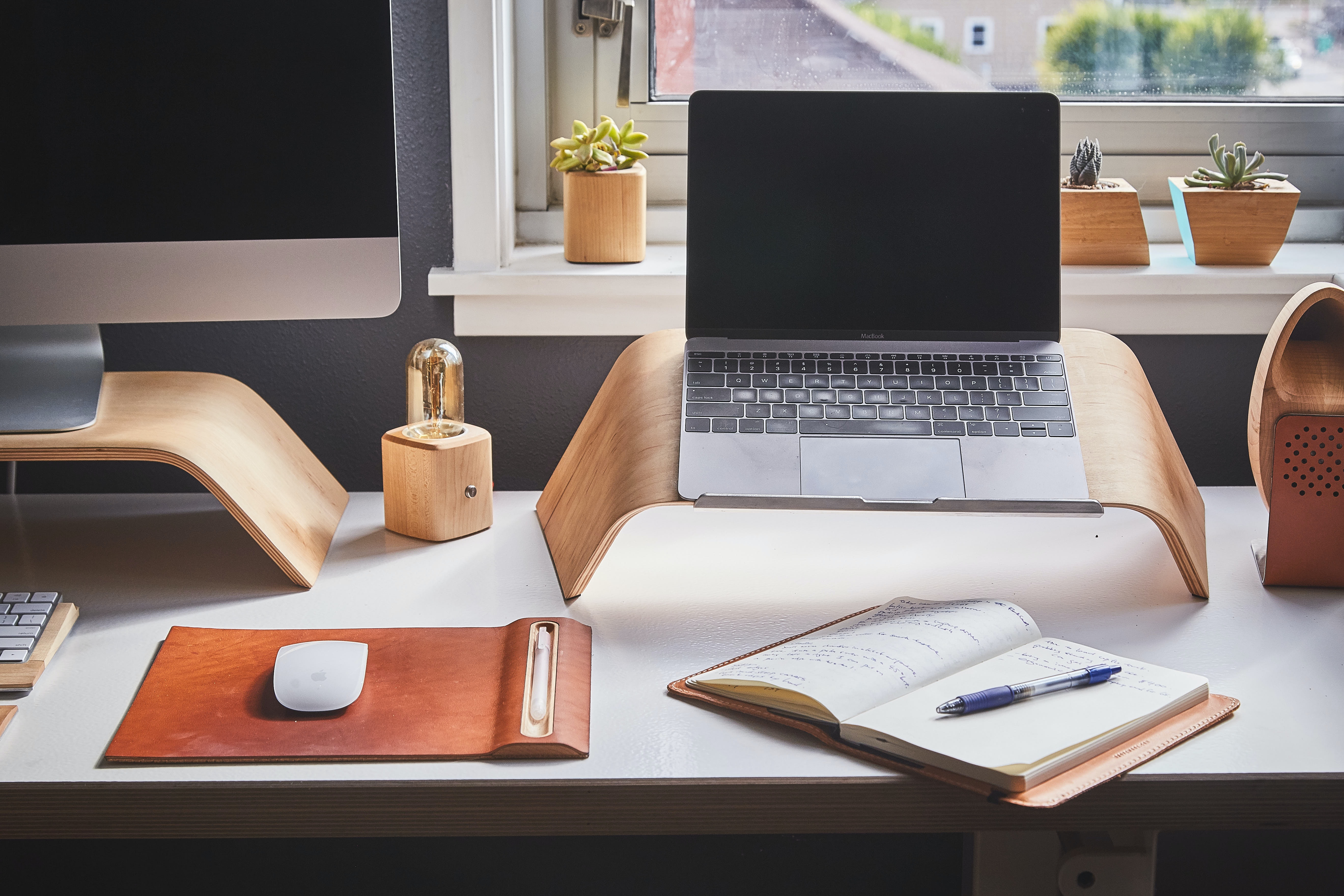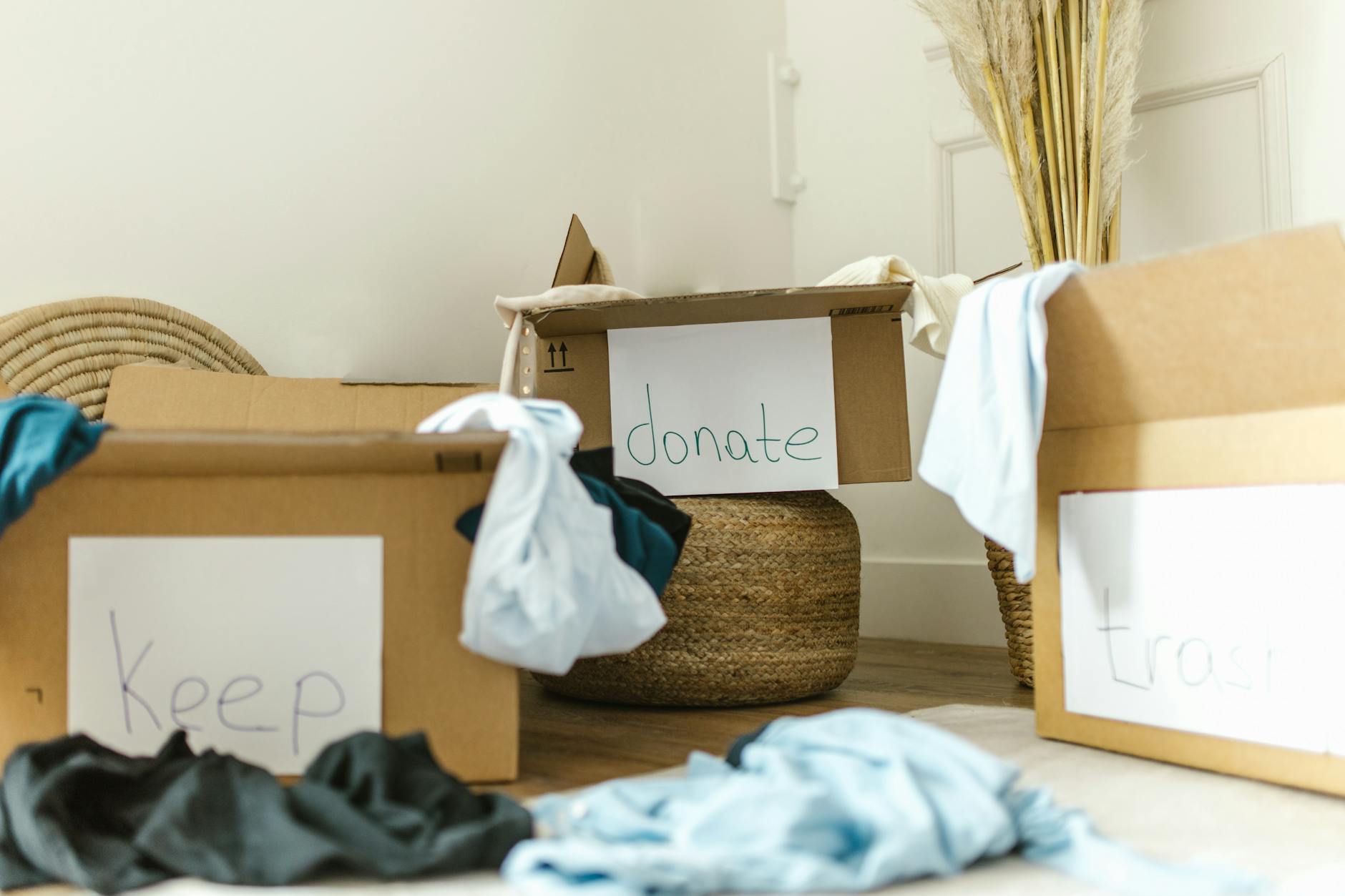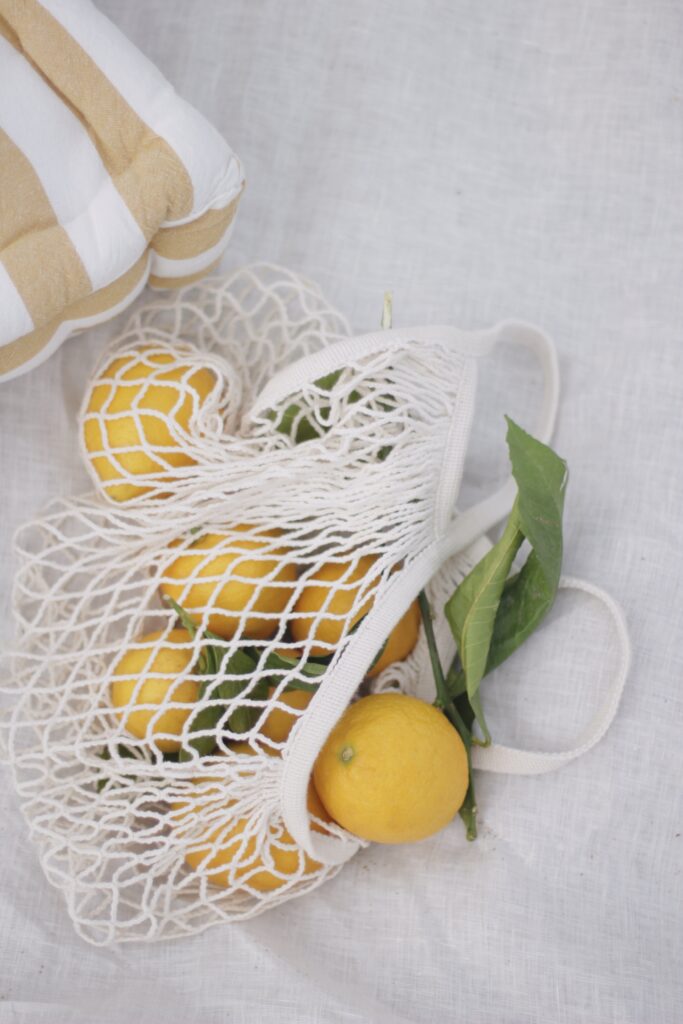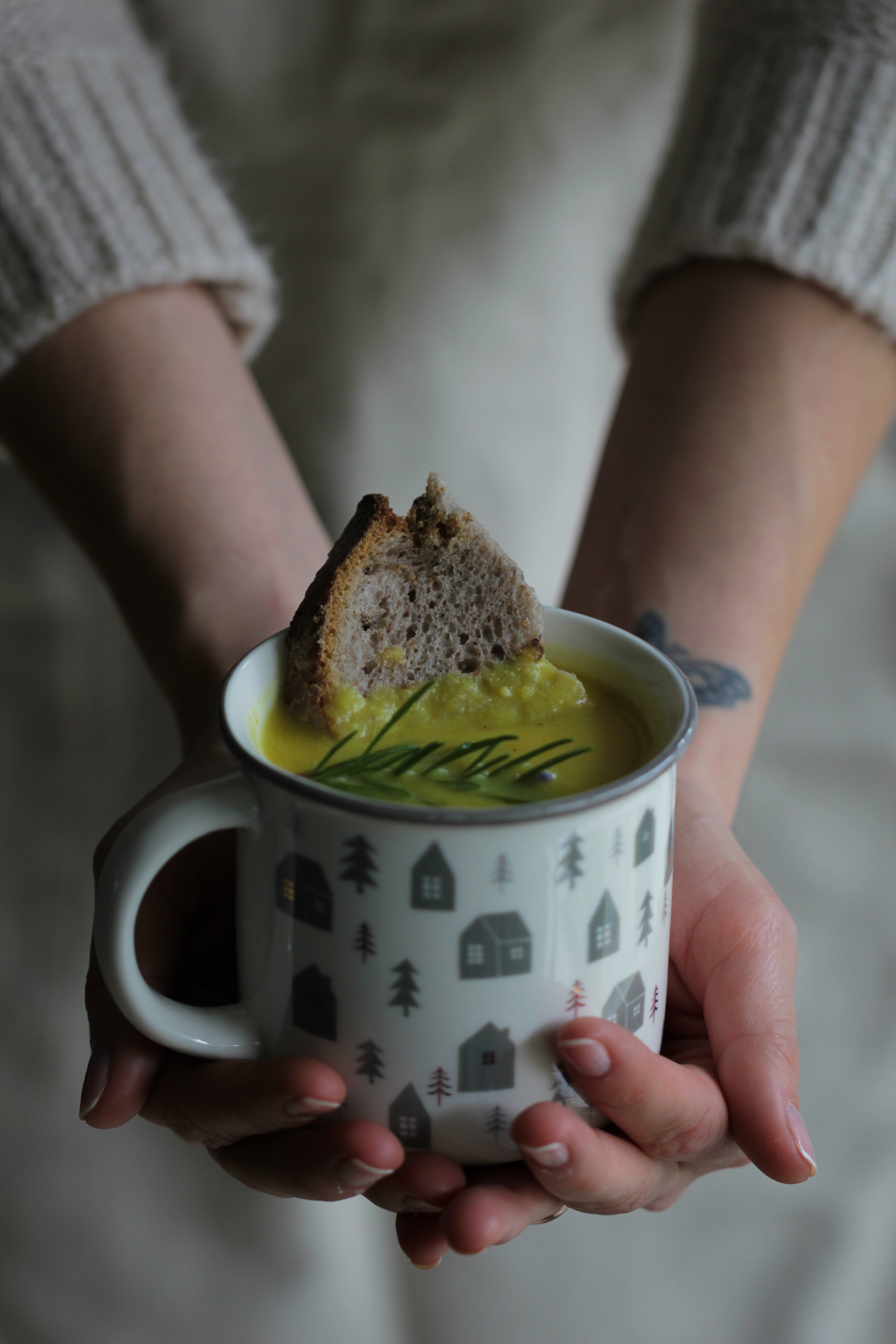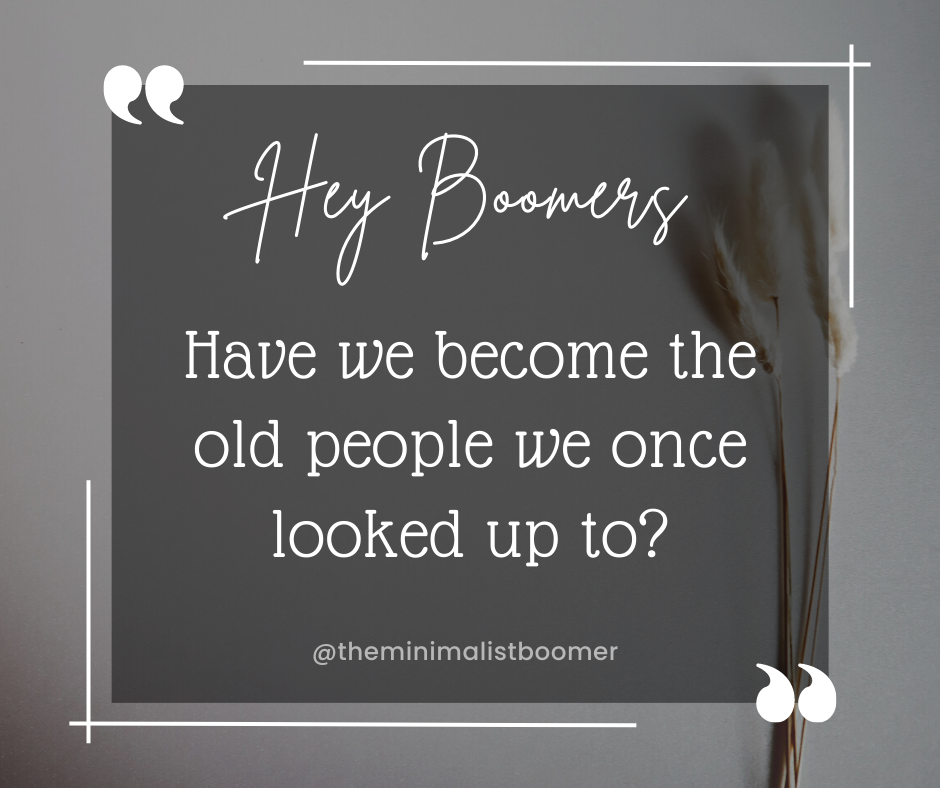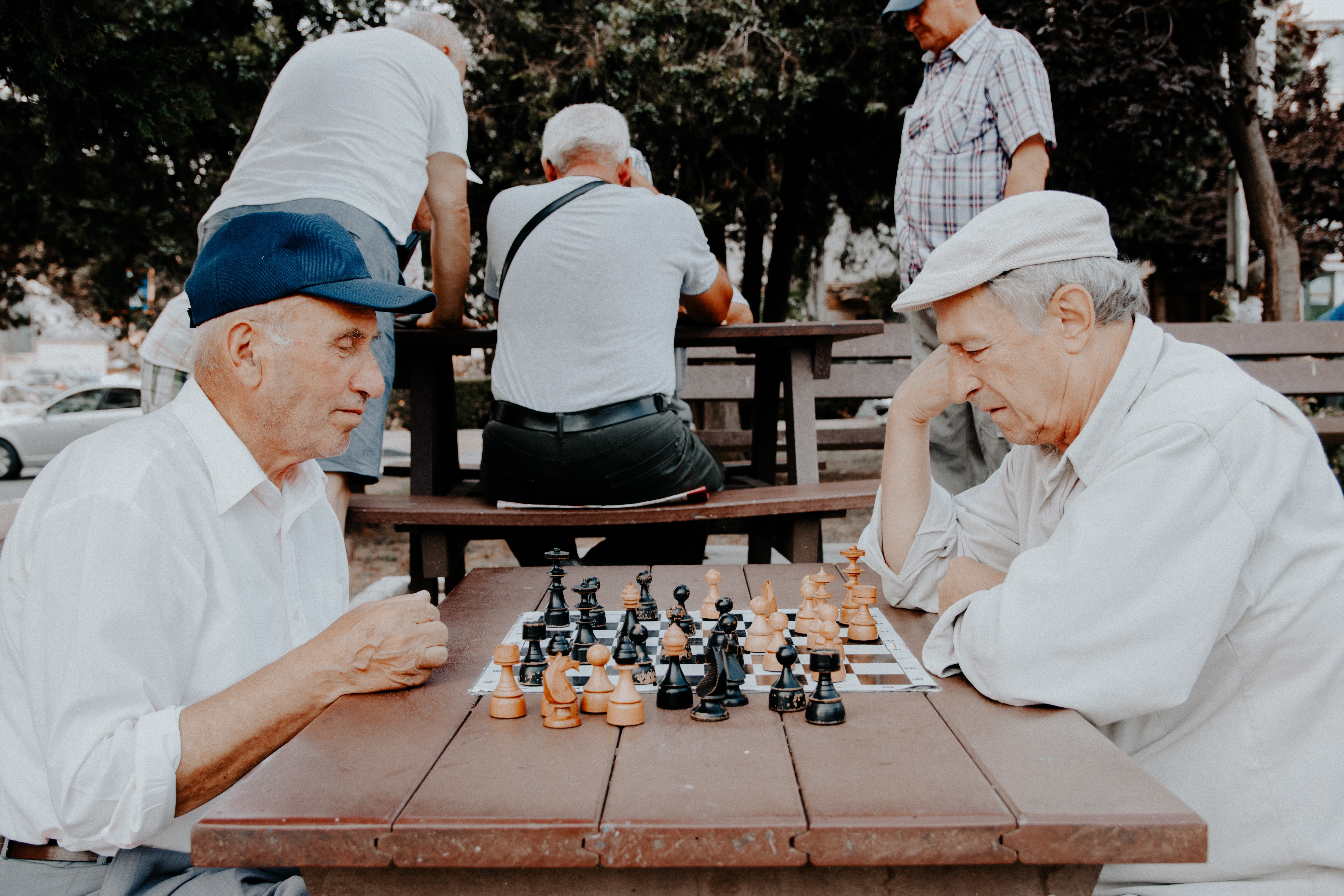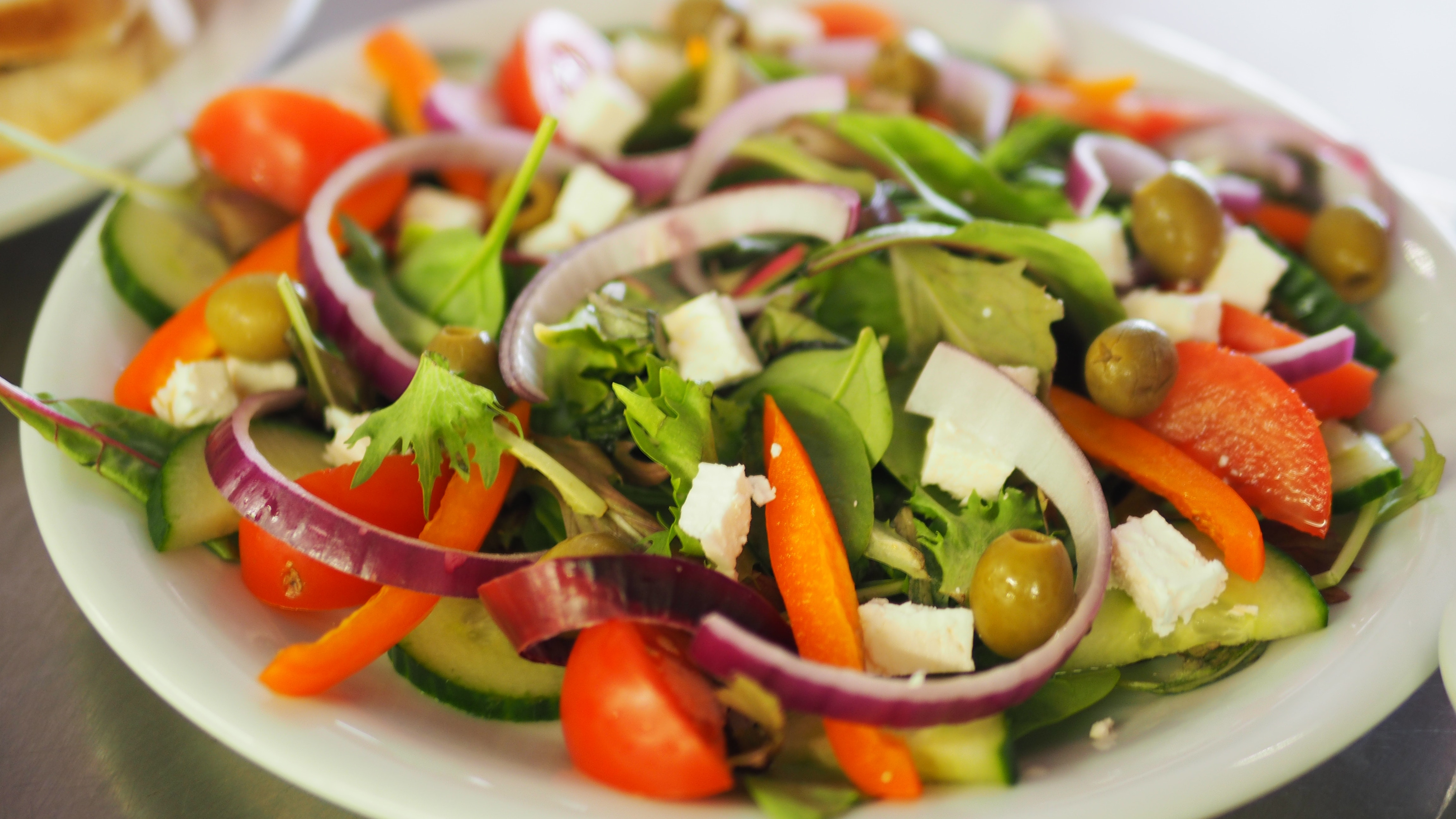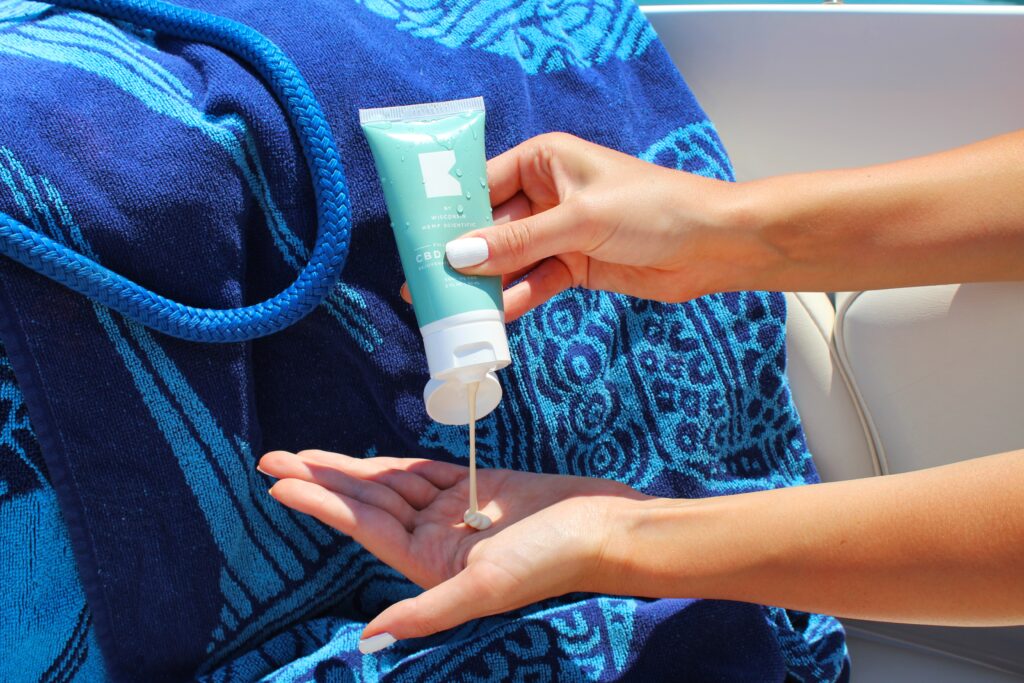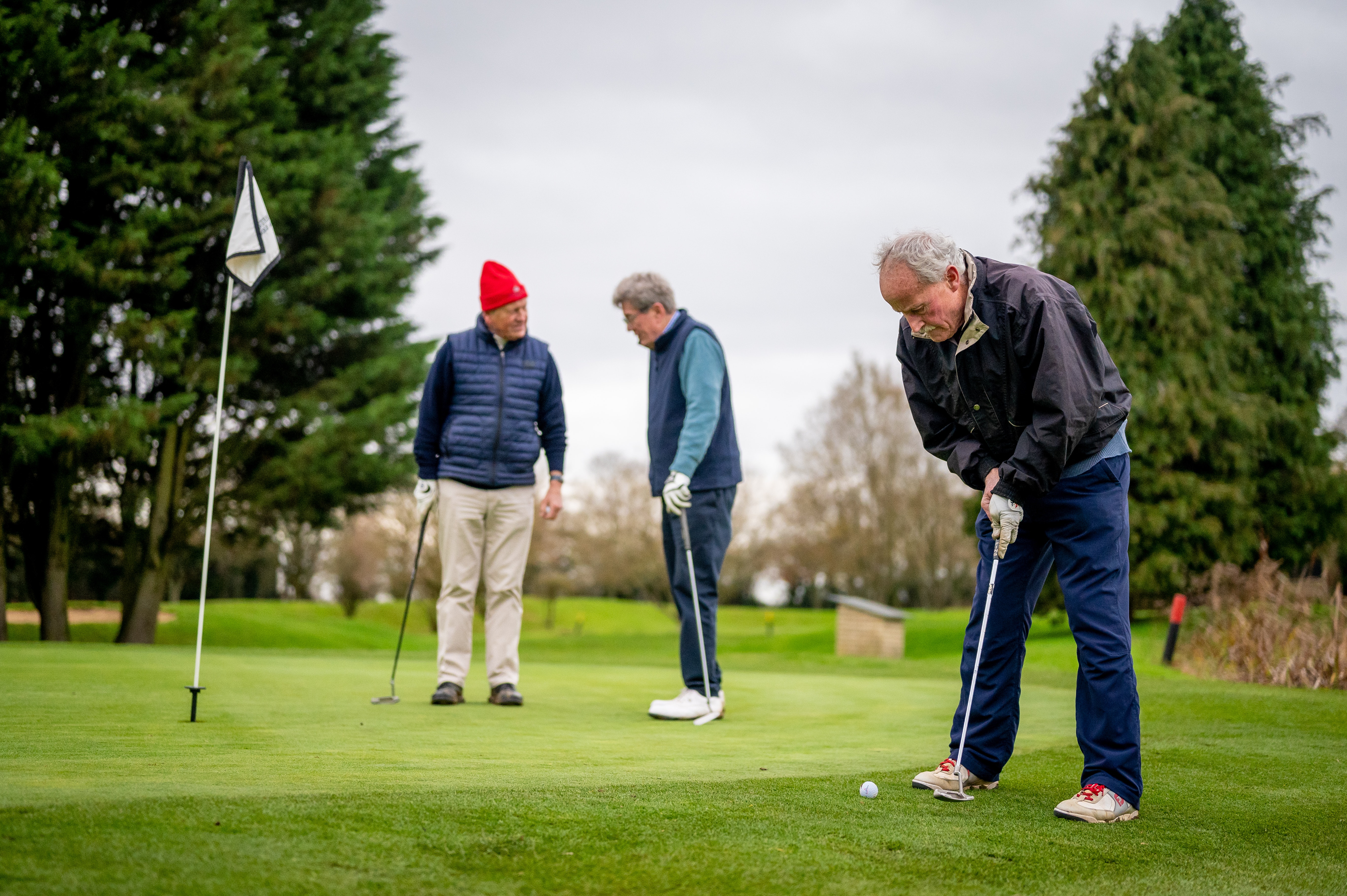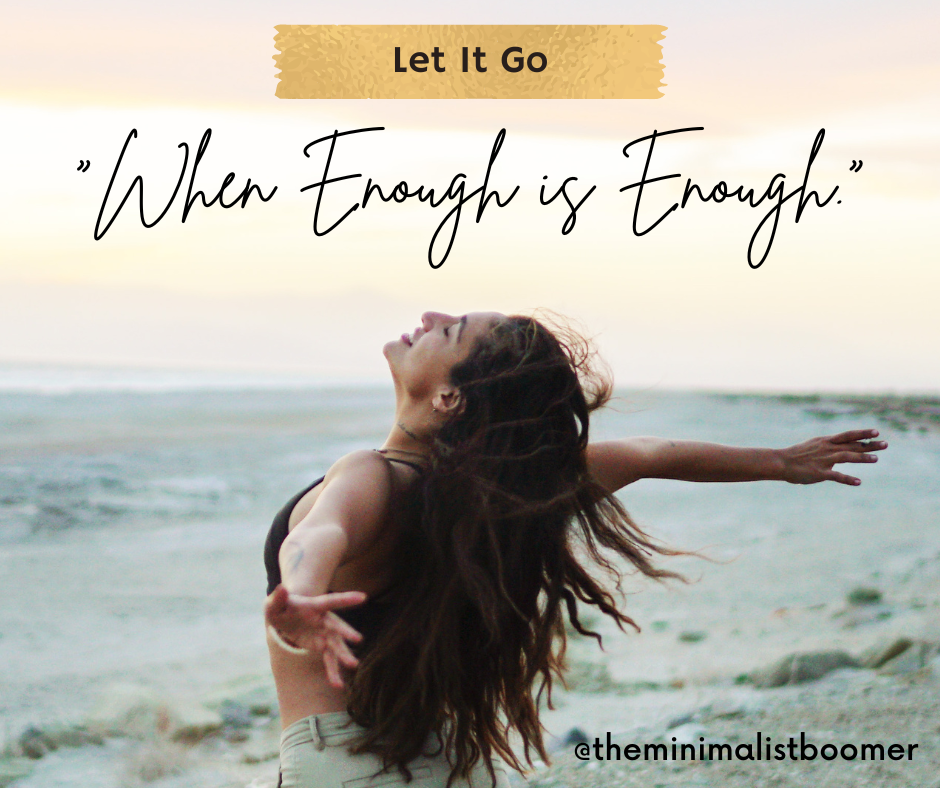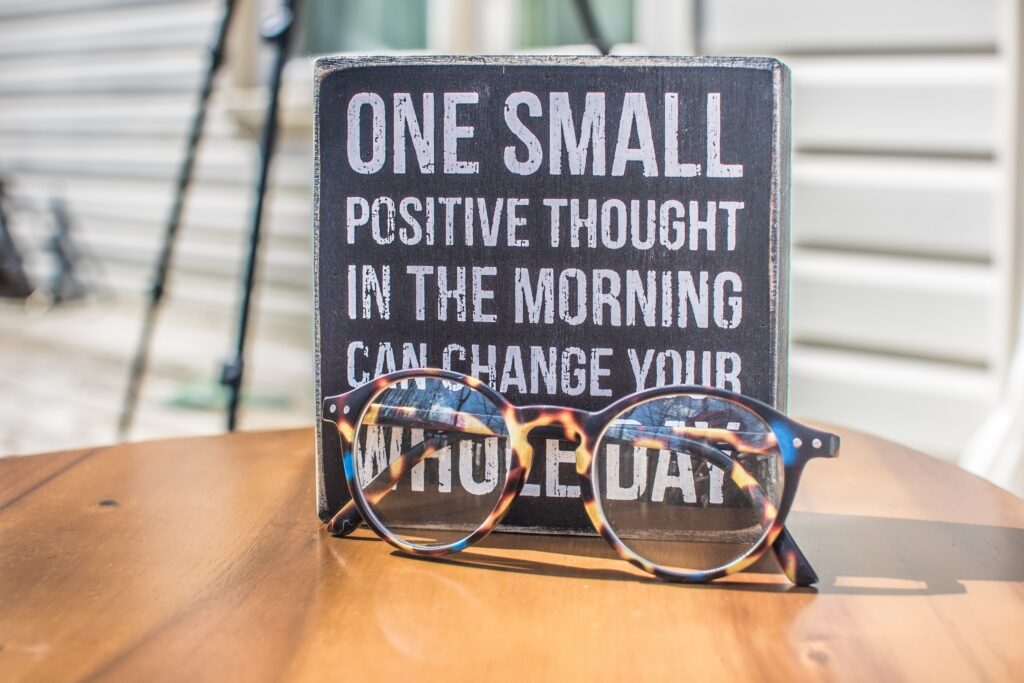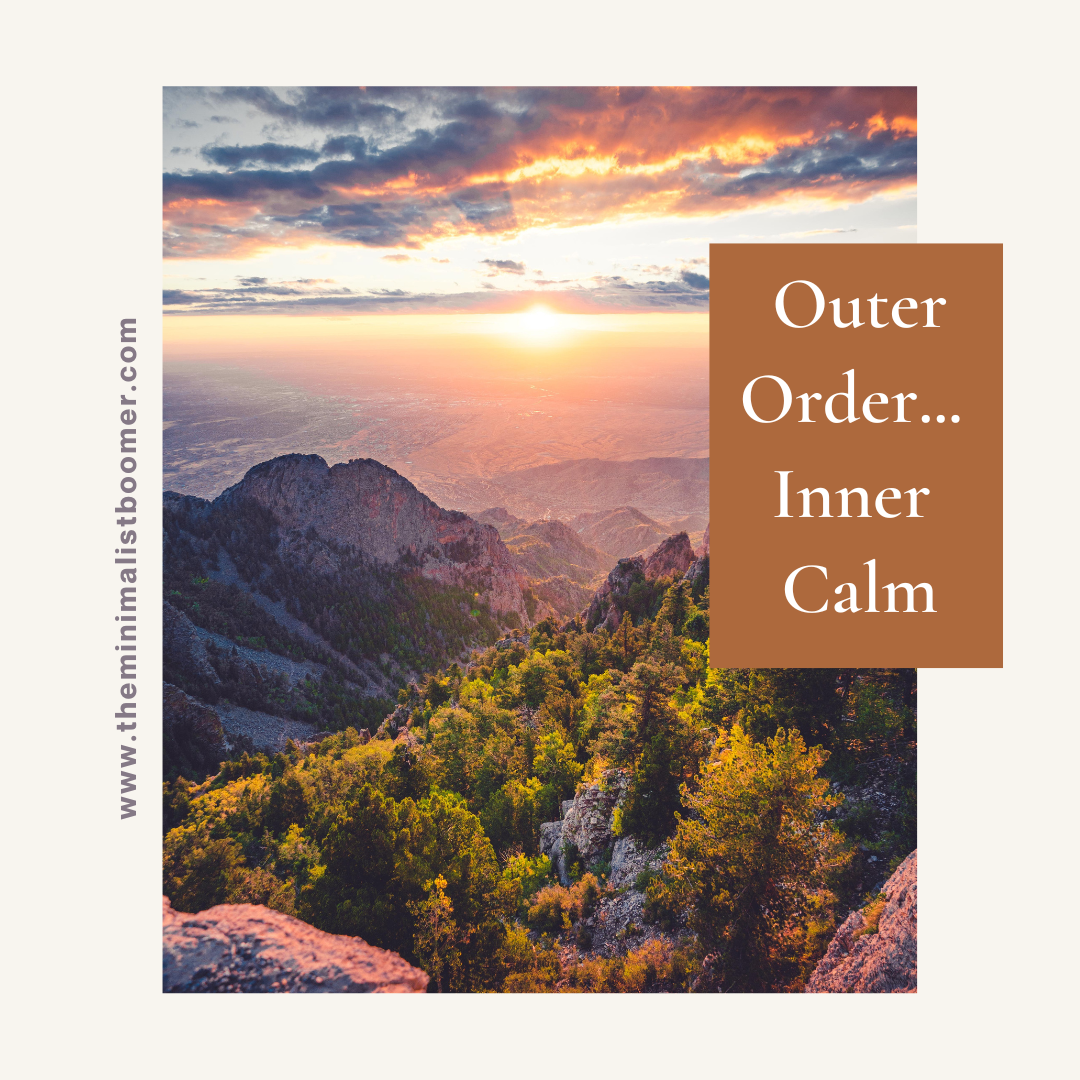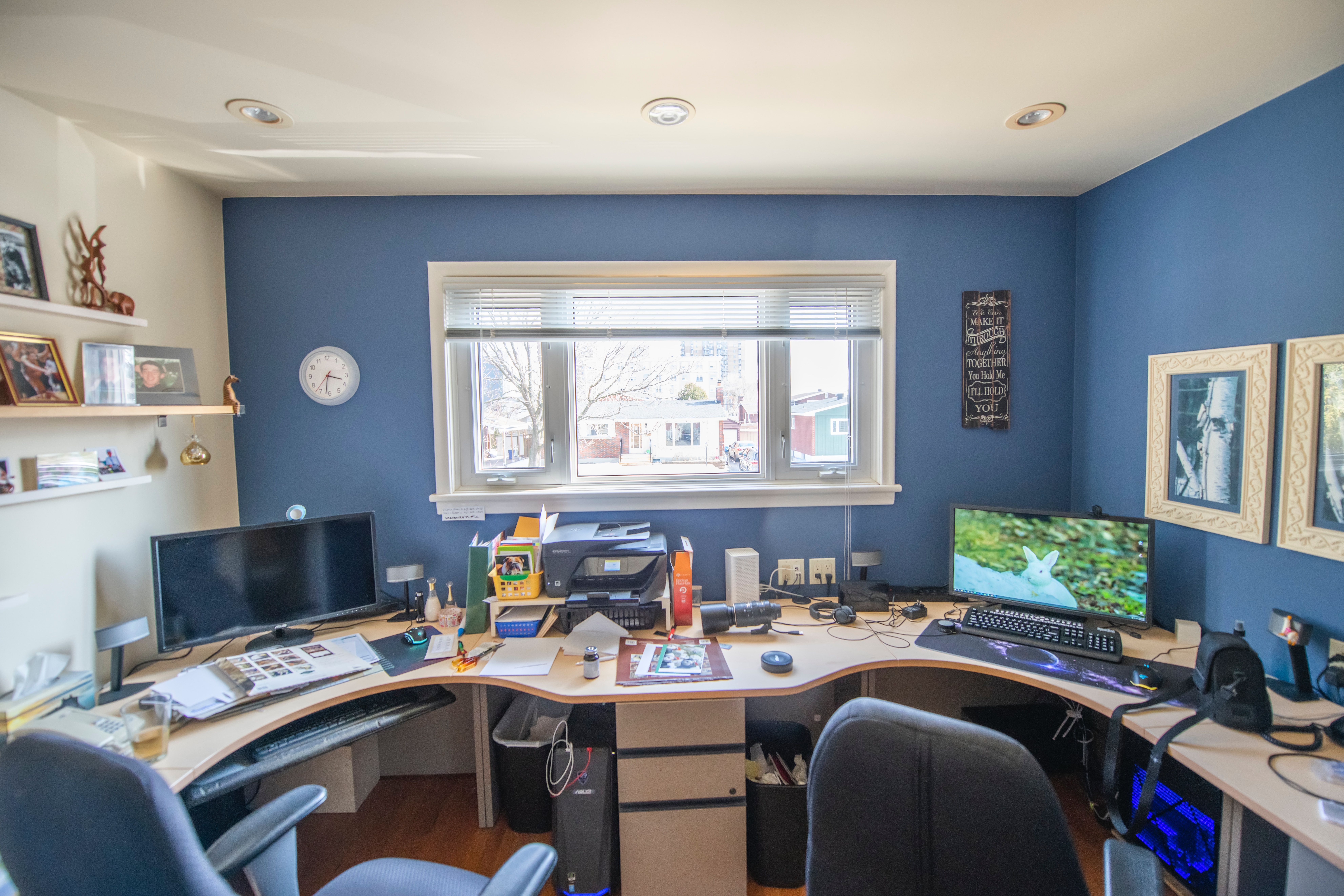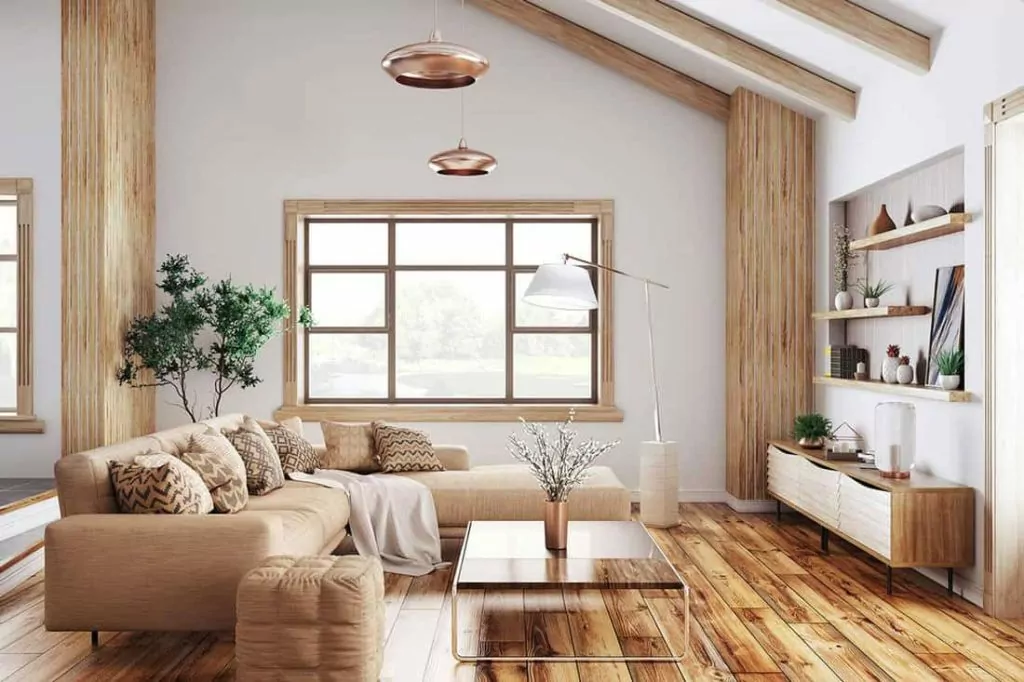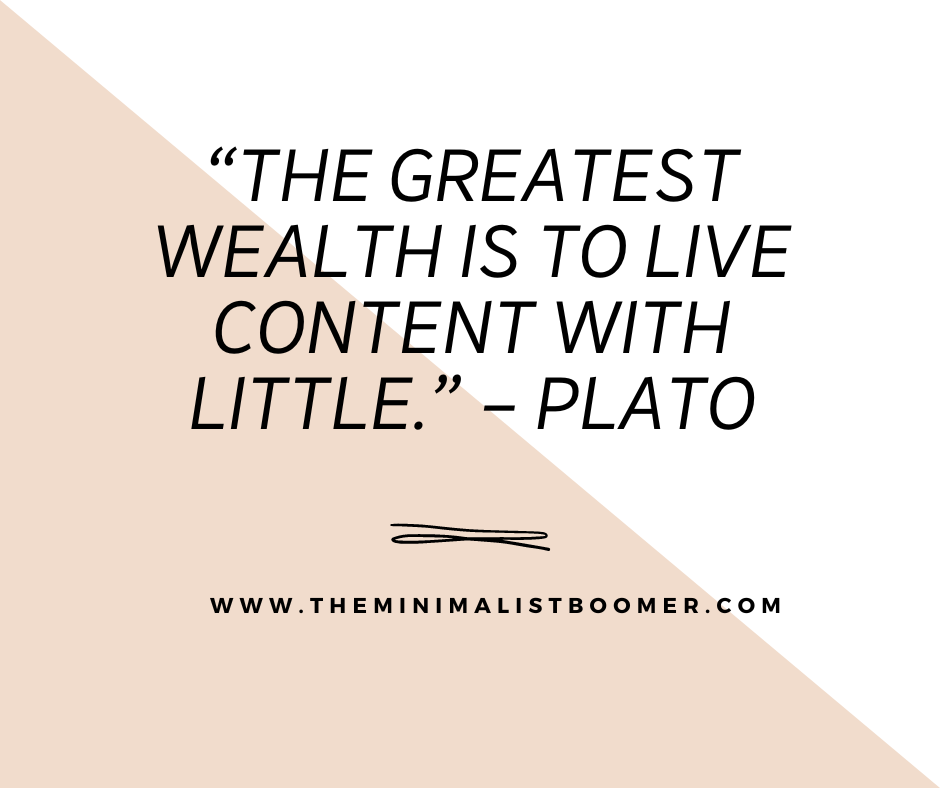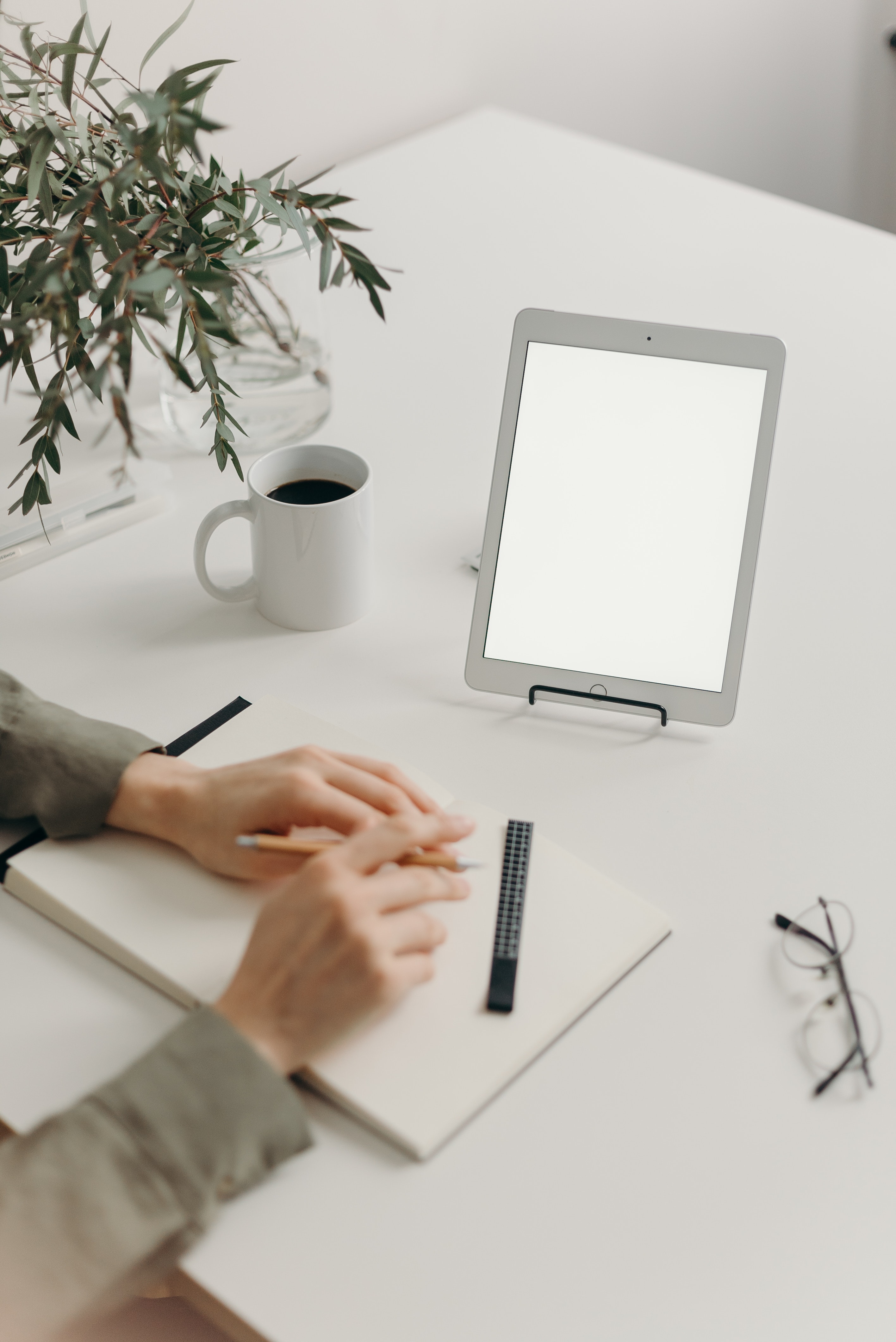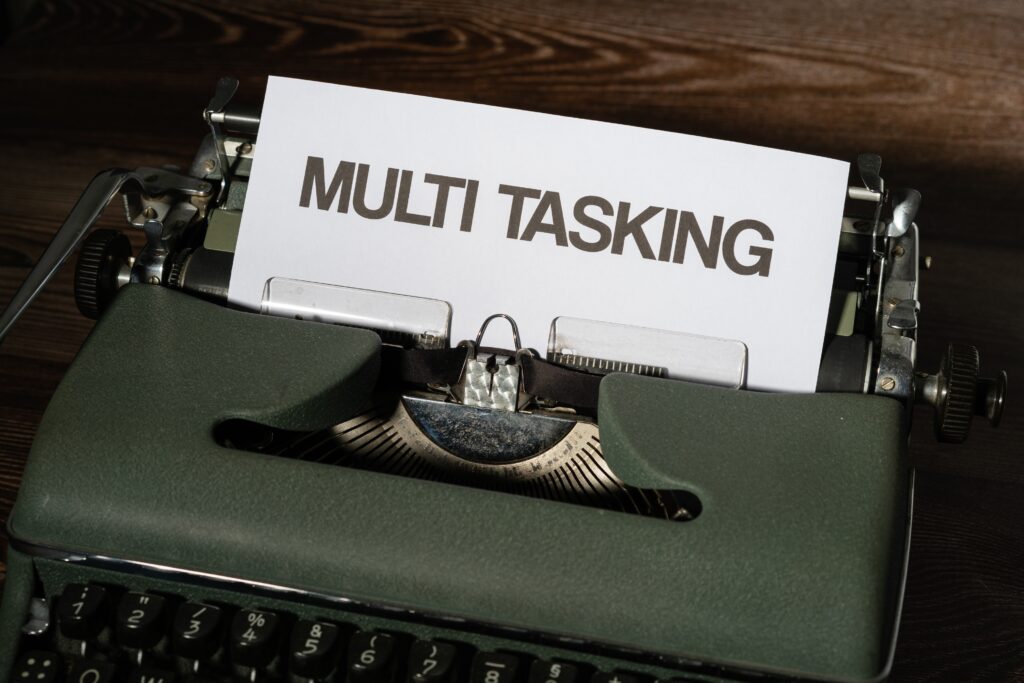Minimalism in Retirement
We all strive to live full and meaningful lives. Finding peace and simplicity can be a challenge in our day-to-day lives. That’s where minimalism in retirement comes into play, helping us create a life we genuinely love. By embracing a minimalist lifestyle, we can focus on what truly matters, such as our passions, relationships, and well-being. Let’s explore the benefits of minimalism in retirement and take a look at some practical tips to get started on this fulfilling journey. Discover how downsizing our possessions and commitments can lead to an enriched and purposeful retirement life.
“Retirement is not the end of the road. It is the beginning of the open highway.” – Unknown
Why Minimalism is Perfect for Retirement
Retirement is a time when we think about what is really important in our life. Many retirees realize that they have accumulated too much stuff over the years and they are ready to simplify their lives. That’s where minimalism comes in. Minimalism is the practice of living with only the essential things, freeing up time, space, and money for the things that matter most. Here are three reasons why minimalism is perfect for retirement.
Emphasizing Experiences Over Possessions
Minimalism focuses on experiences over possessions. When you retire, you have more time to do the things you enjoy, whether that’s traveling, spending time with family, or pursuing a hobby. When you live a minimalist lifestyle, you can focus on experiences rather than things. You’ll have more time and money to devote to the things that truly make you happy.

Reducing Financial Burdens
Retirement is a time when many retirees are on a fixed income. Minimalism can help reduce financial burdens by cutting unnecessary expenses. When you live a minimalist lifestyle, you only buy what you need. You’ll spend less money on things like clothes, gadgets, and home decor, freeing up money for the things that matter most. A minimalist lifestyle can help you live within your means and enjoy retirement without financial stress.
Simplifying Our Lives
As we get older, we realize that life is too short to spend it cleaning, organizing, and maintaining a house full of things we don’t need. Minimalism can simplify our lives by reducing clutter and freeing up physical and mental space. A minimalist lifestyle can help you prioritize your time and energy on the things that truly matter, like spending time with loved ones and pursuing your passions.
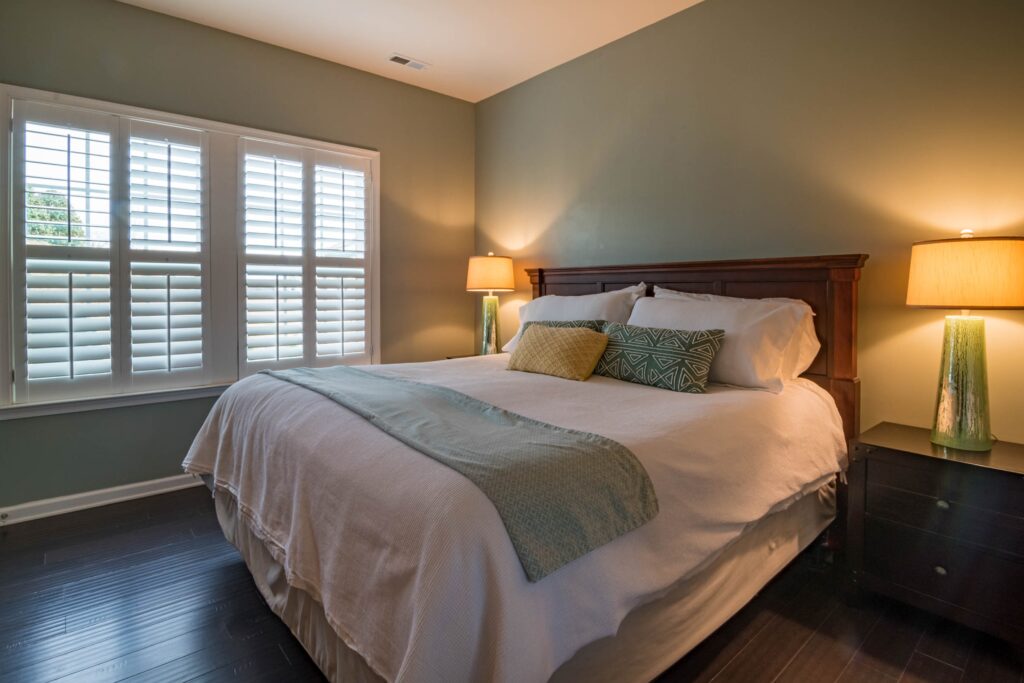
If you’re approaching retirement, consider adopting a minimalist lifestyle. By emphasizing experiences over possessions, reducing financial burdens, and simplifying your life, you can create a retirement that is fulfilling, stress-free, and truly enjoyable.
How to Adopt Minimalism in Retirement
Retirement is a time to relax and enjoy life, but it can also be a time to reflect on what we want and need in our lives. Minimalism is a lifestyle that can help us simplify and declutter our lives, making room for the things that matter most. Here are some tips on how to adopt minimalism in retirement:
Decluttering Our Homes
One of the first steps to adopting minimalism in retirement is decluttering our homes. We accumulate a lot of possessions throughout our lives, and it can be overwhelming to think about getting rid of them. However, by decluttering our homes, we can create a more peaceful and organized living space.
Start by going through each room and deciding what items you really need and use. Be honest with yourself and don’t hold onto things out of guilt or obligation. Consider donating or selling items that are still in good condition but no longer serve a purpose in your life. Remember, less stuff means less to clean, maintain, and worry about.
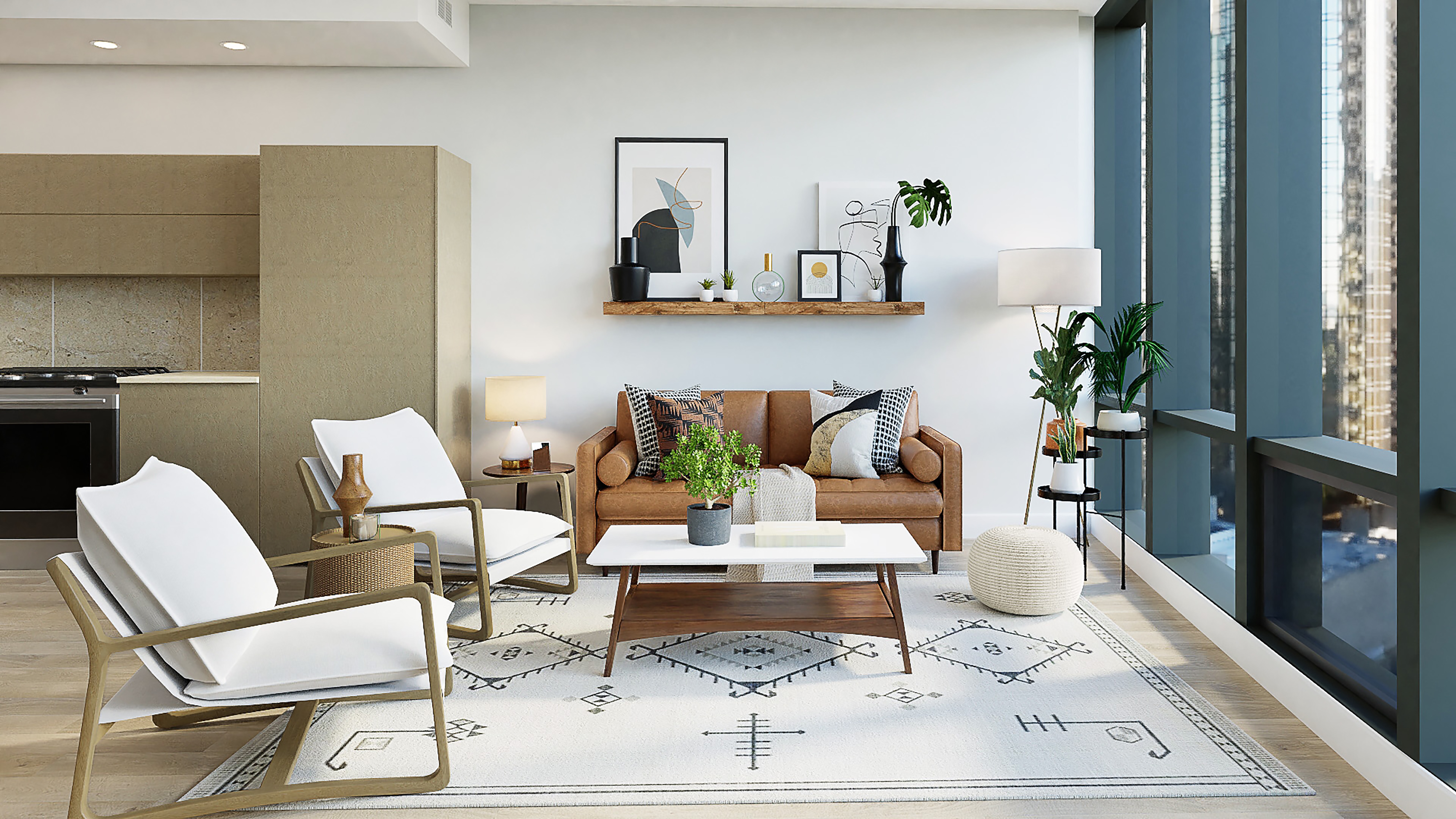
Creating a Budget That Works for Us
Another important aspect of minimalism in retirement is creating a budget that works for us. Retirement may come with a fixed income, and we need to make sure we’re not overspending on things we don’t really need.
Start by tracking your expenses and income for a few months. Look for areas where you can cut back on expenses without sacrificing your quality of life. For example, you might consider downsizing your home or car, eating out less frequently, or canceling subscriptions you don’t use.

By creating a budget that aligns with our values and priorities, we can live a more intentional and fulfilling life in retirement.
Choosing Quality Over Quantity
Minimalism in retirement is about choosing quality over quantity. Instead of filling our lives with cheap and disposable items, we should invest in things that are well-made and will last a long time.
For example, instead of buying a new outfit every season, invest in a few high-quality pieces that you can mix and match. Instead of buying cheap kitchen gadgets that will break after a few uses, invest in a few high-quality tools that will last a lifetime.
By choosing quality over quantity, we can reduce our environmental impact, save money in the long run, and surround ourselves with things that bring us joy and serve a purpose in our lives.
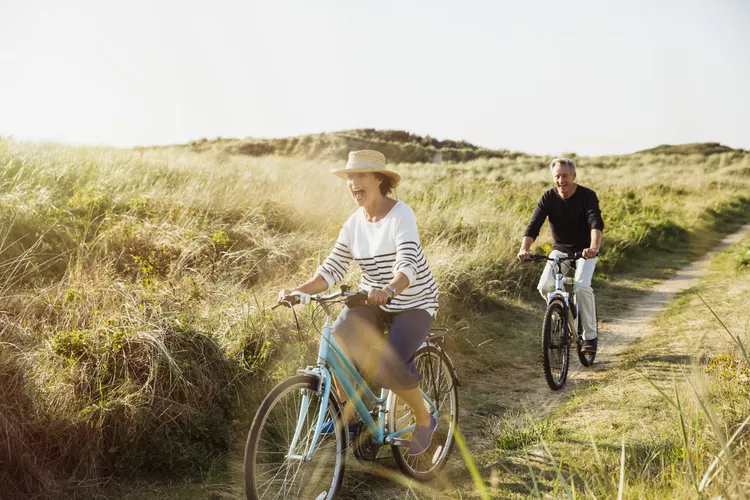
Adopting minimalism in retirement may seem like too much at first, but it’s a mindset shift that can have a positive impact on our physical, mental, and emotional health. By decluttering our homes, creating a budget that works for us, and choosing quality over quantity, we can create a life we love in retirement.
The Benefits of Minimalism in Retirement
Minimalism is a philosophy that has the potential to transform one’s life, especially in retirement. Here are some of the benefits:
Greater Freedom and Flexibility
Living a minimalist lifestyle allows us to enjoy greater freedom and flexibility. By reducing the amount of stuff we own, retirees can downsize our living space, travel more, or relocate to a more desirable location. When we own less, we have fewer obligations, and fewer obligations mean more freedom.
Reduced Stress and Anxiety
Minimalism can also reduce stress and anxiety in retirement. By decluttering our living space and simplifying our lives, we can eliminate the distractions and noise that contribute to stress. This can lead to a greater sense of calm and clarity, allowing us to focus on what truly matters – our passions, relationships, and health.

More Time and Energy for Our Passions
Minimizing possessions can free up our time and energy to pursue our passions. We can use our newfound free time to volunteer, take up a new hobby, or spend more time with loved ones. By eliminating the unnecessary, we can focus on the things that bring us joy and fulfillment.
“Often when you think you’re at the end of something, you’re at the beginning of something else.” – Fred Rogers
Minimalism in retirement can be the key to creating a life we love. By simplifying our possessions, we can reduce stress and increase our overall well-being. By focusing on experiences rather than material goods, we can create memories that will last a lifetime. And by embracing a minimalist lifestyle, we can free up time and resources to pursue what truly brings us joy.
It’s important to remember that minimalism isn’t about deprivation or sacrificing quality of life. It’s about being intentional with our choices and prioritizing what’s really important to us. By doing so, we can create a retirement that’s fulfilling, meaningful, and uniquely our own. So let’s embrace minimalism and create the life we love.

